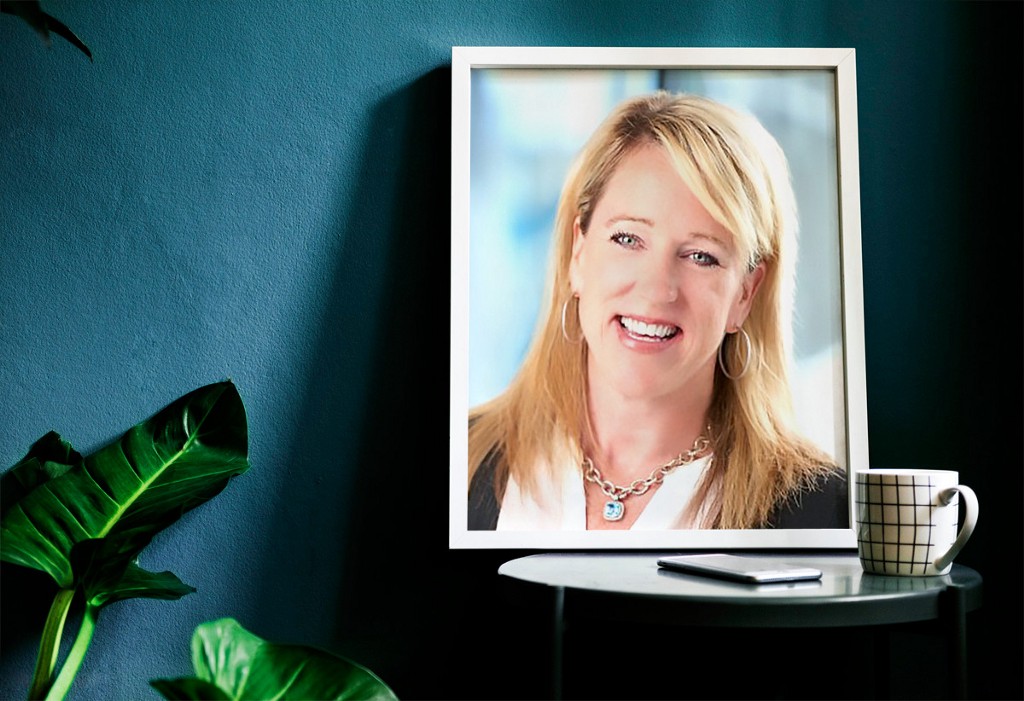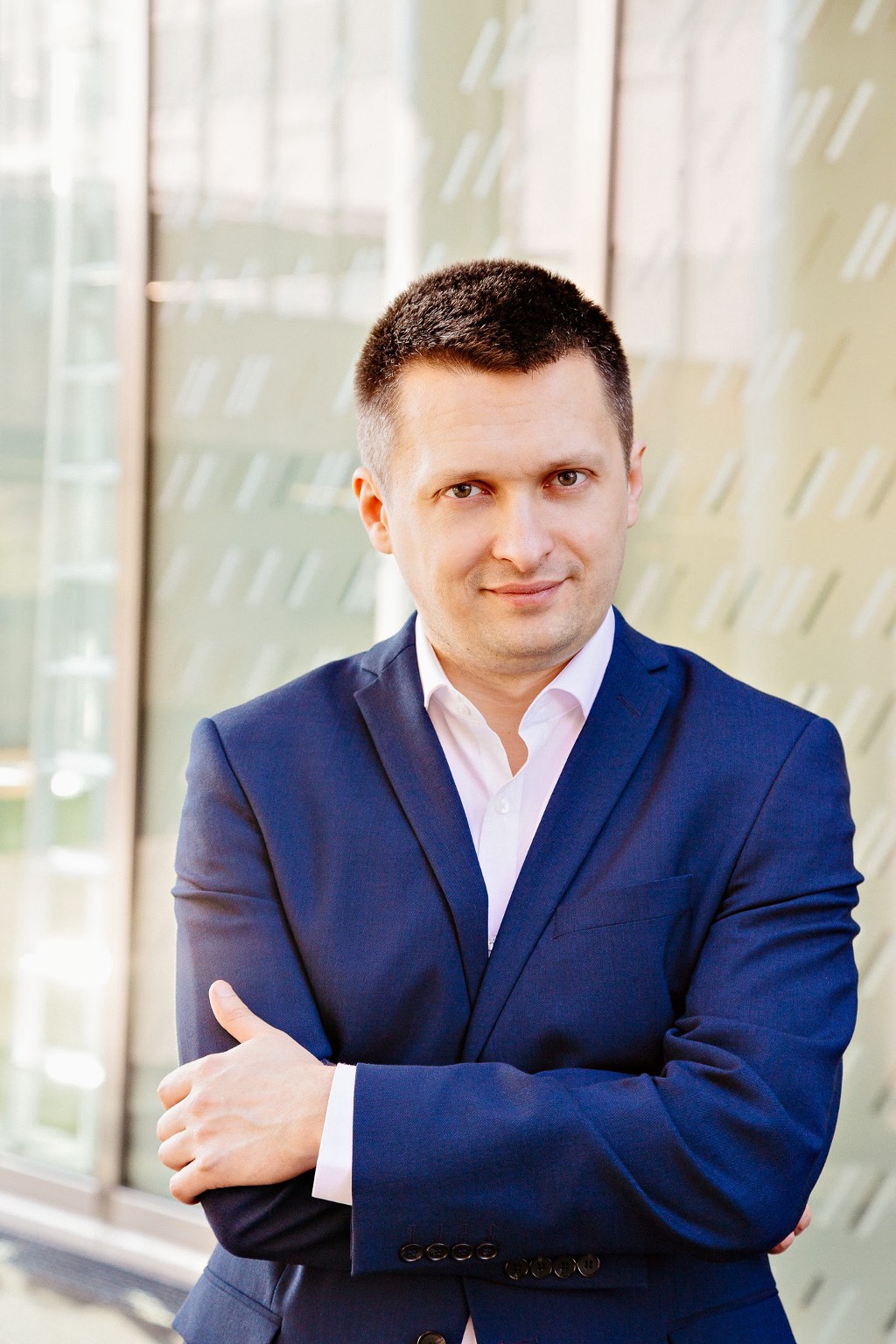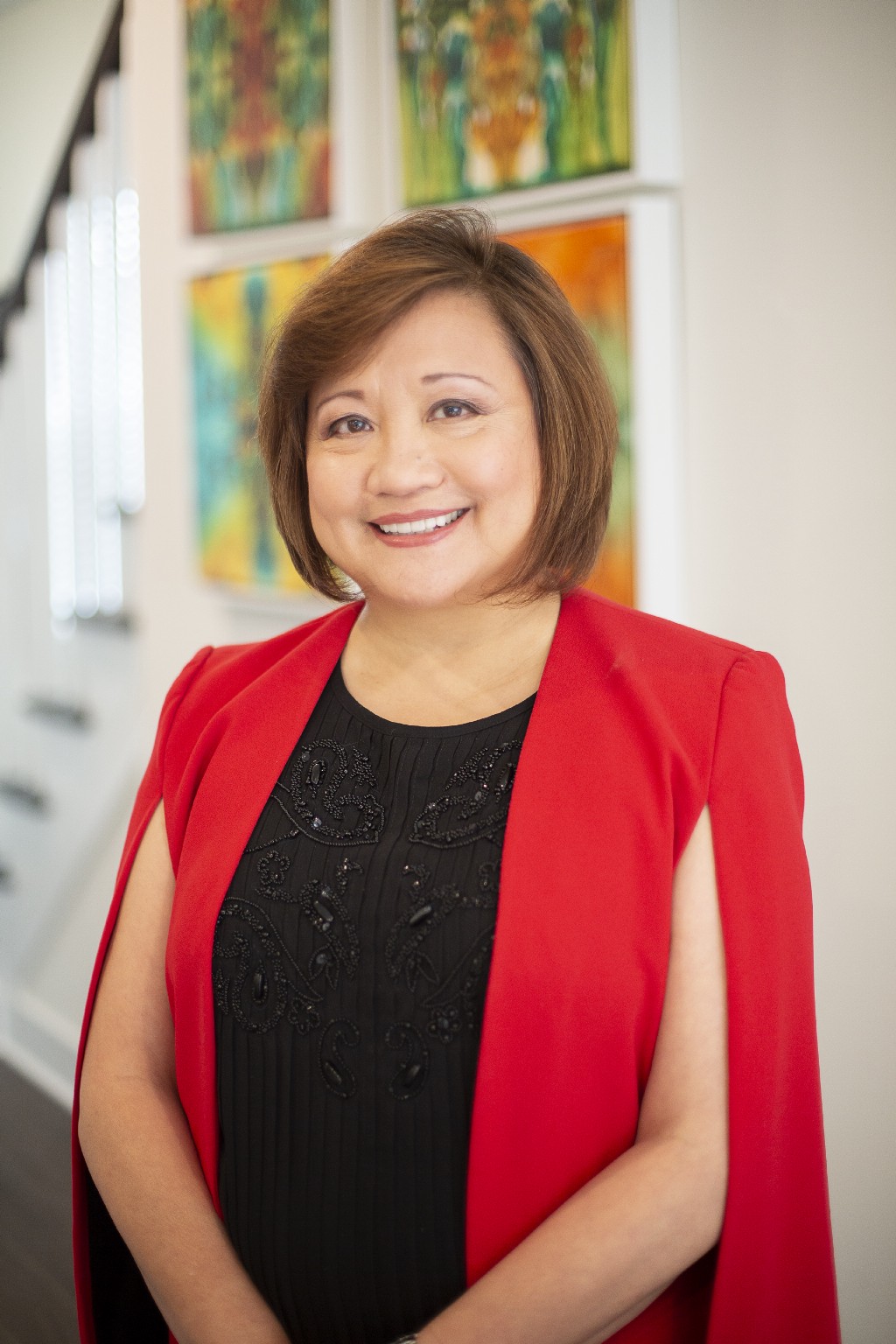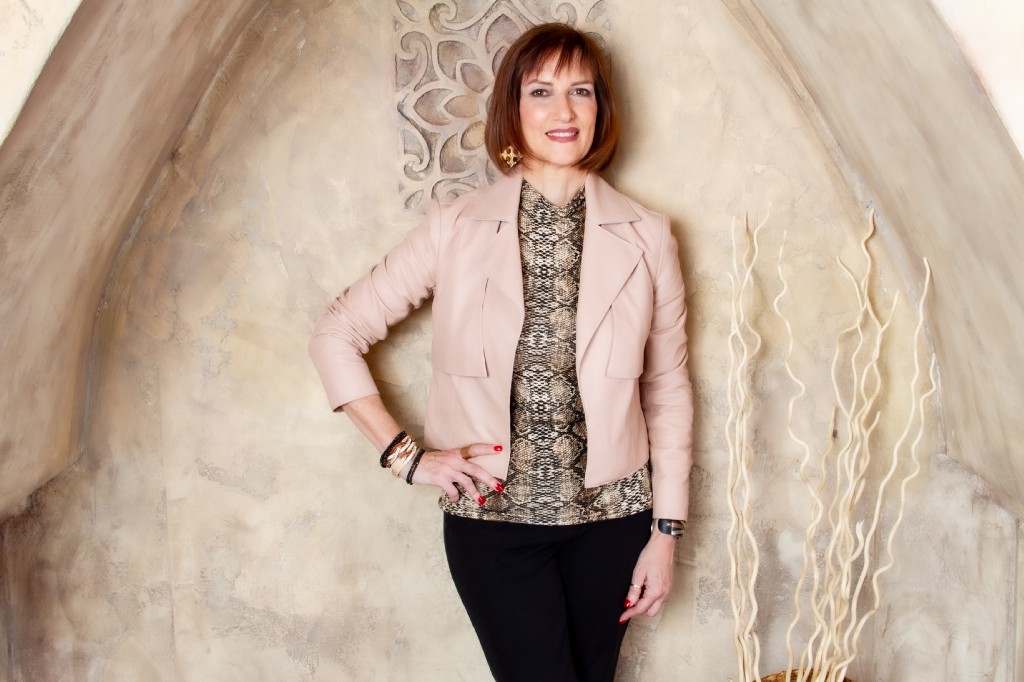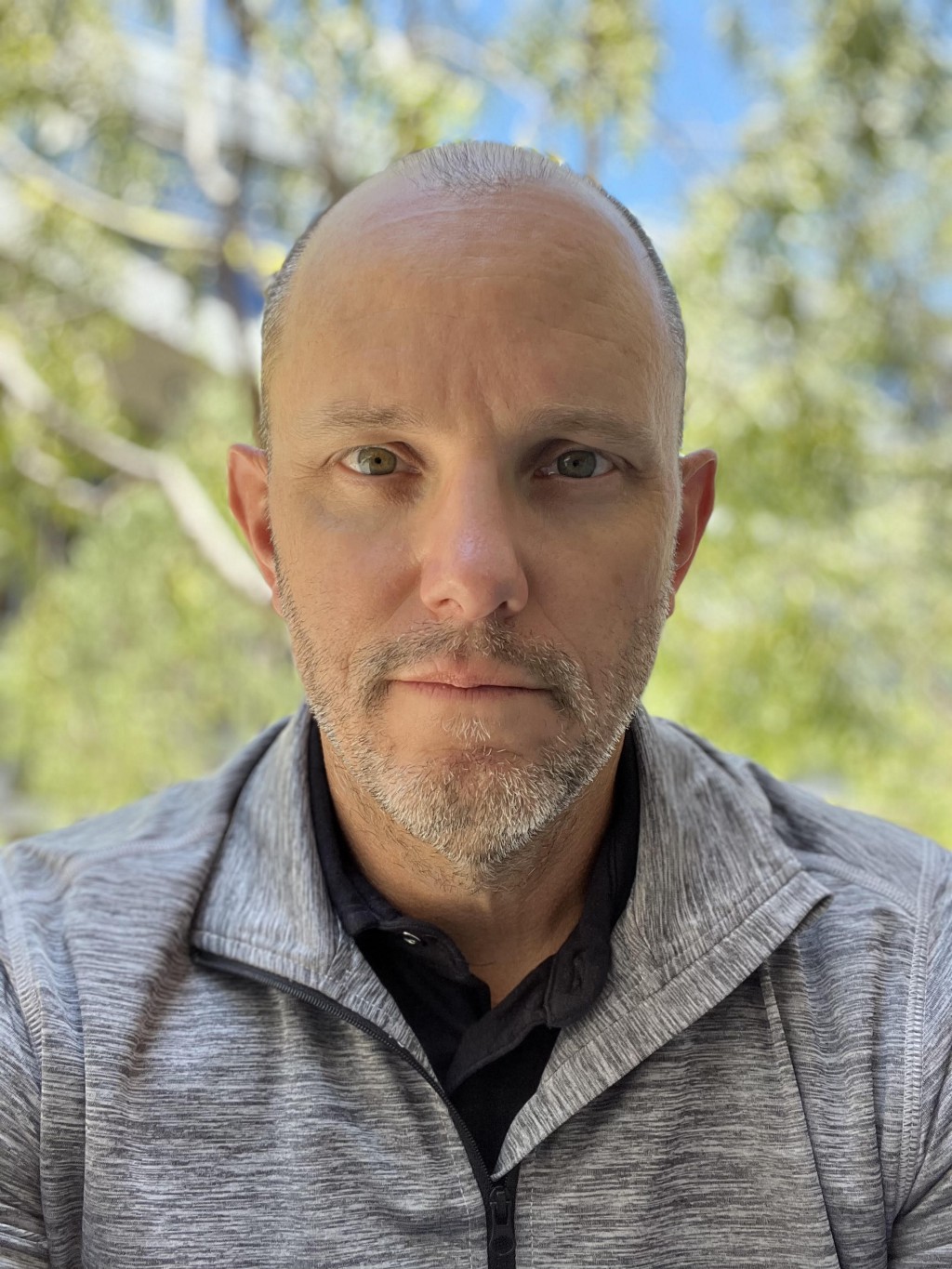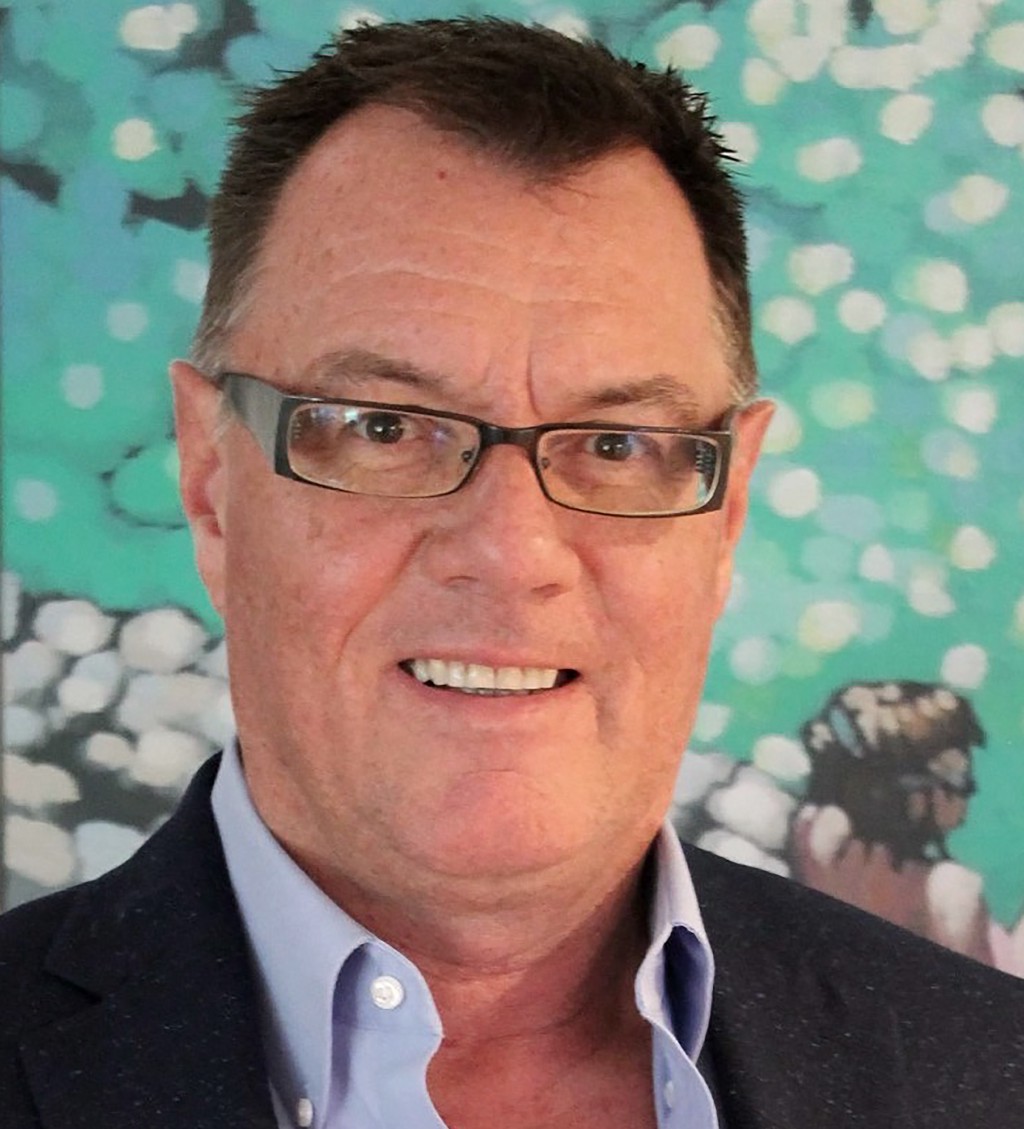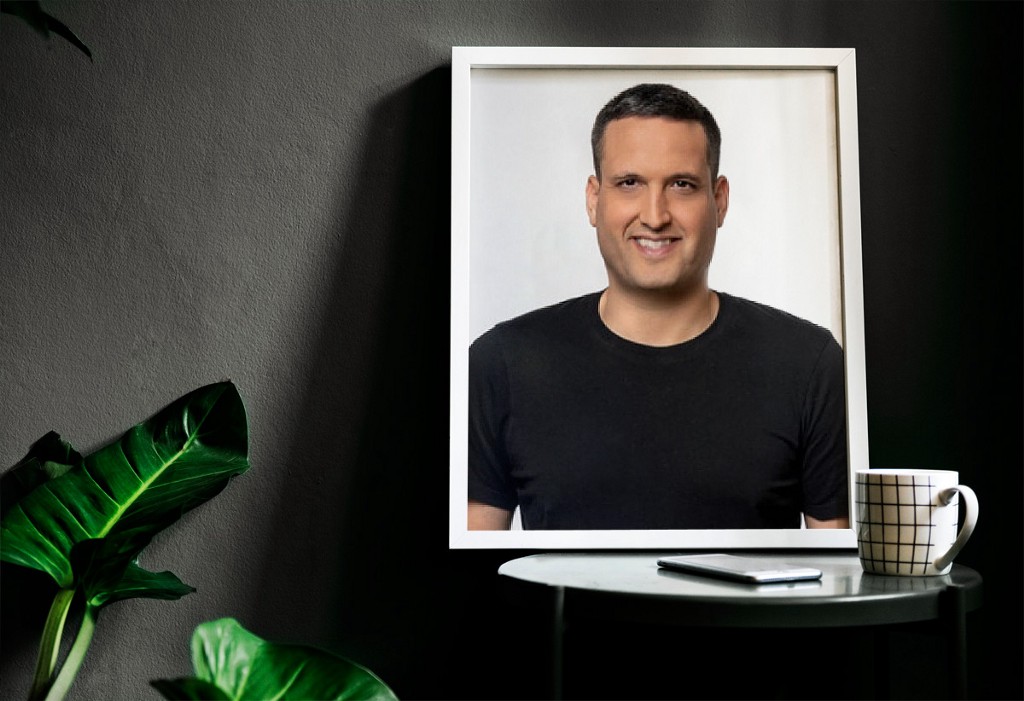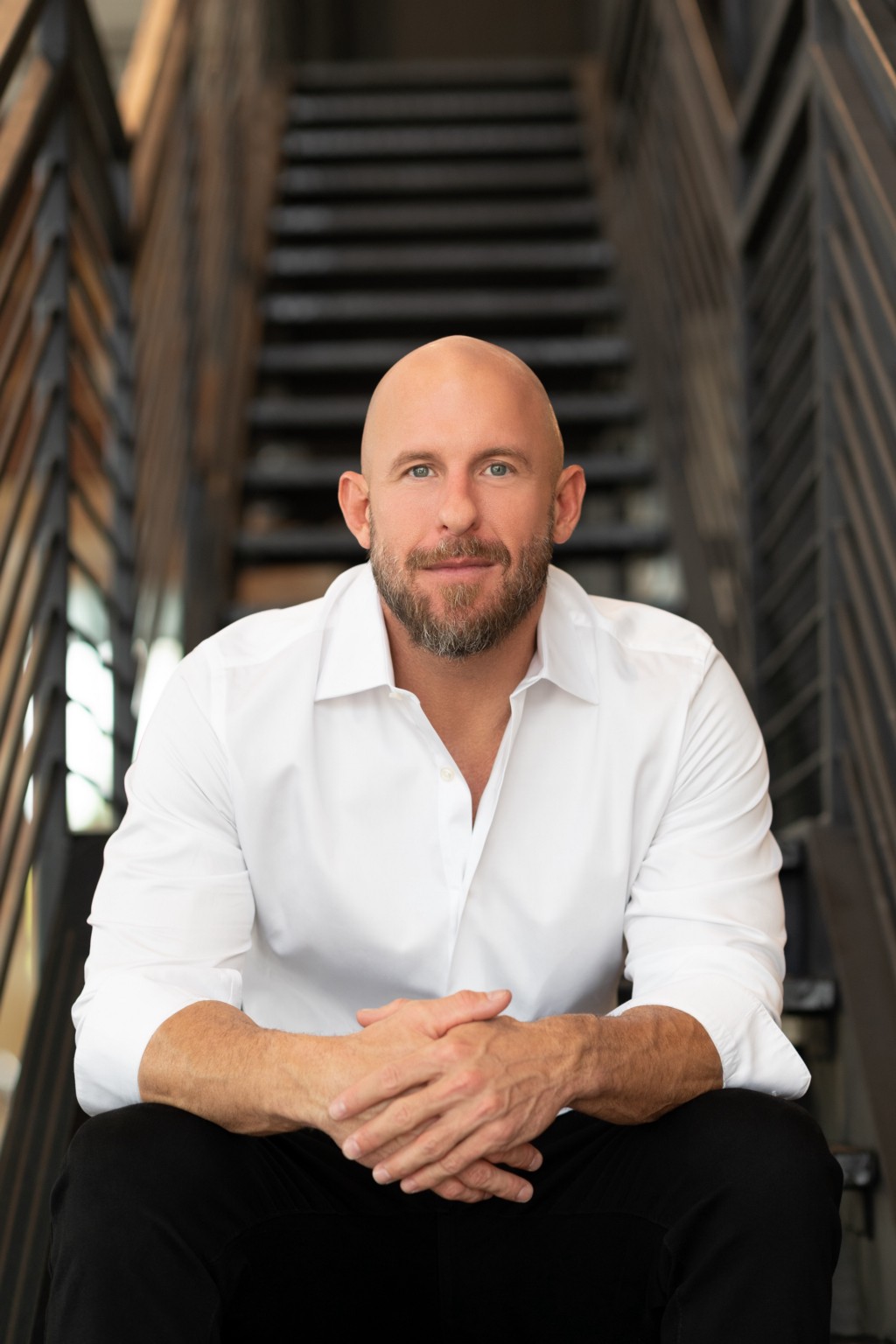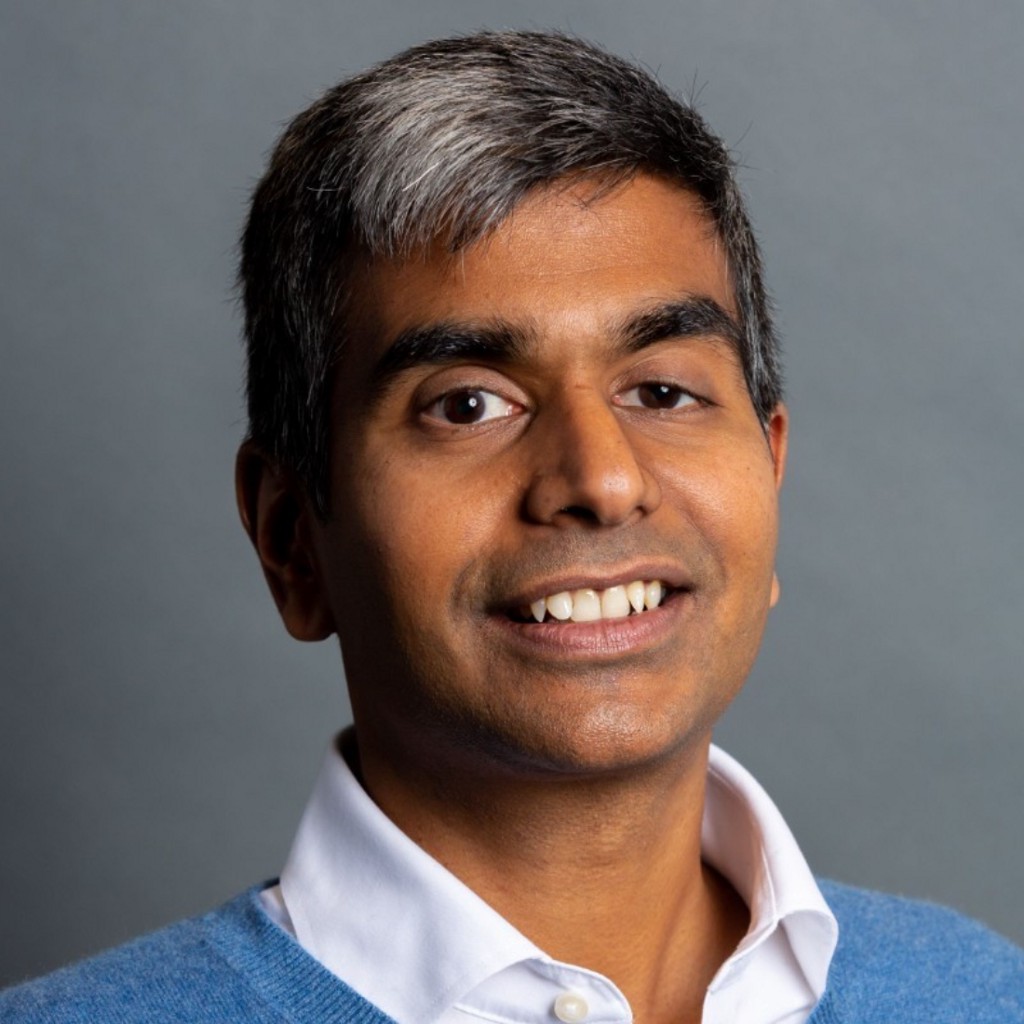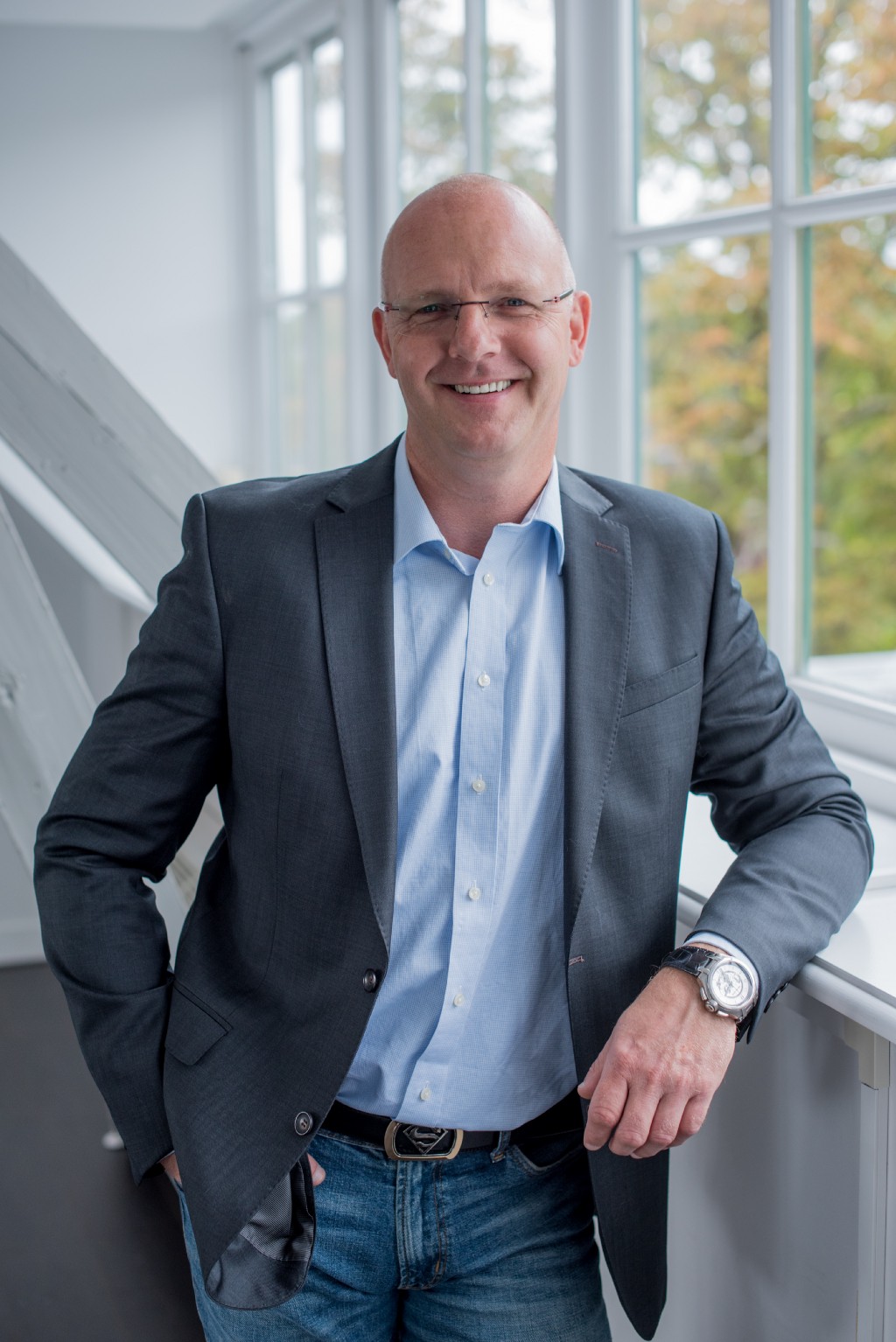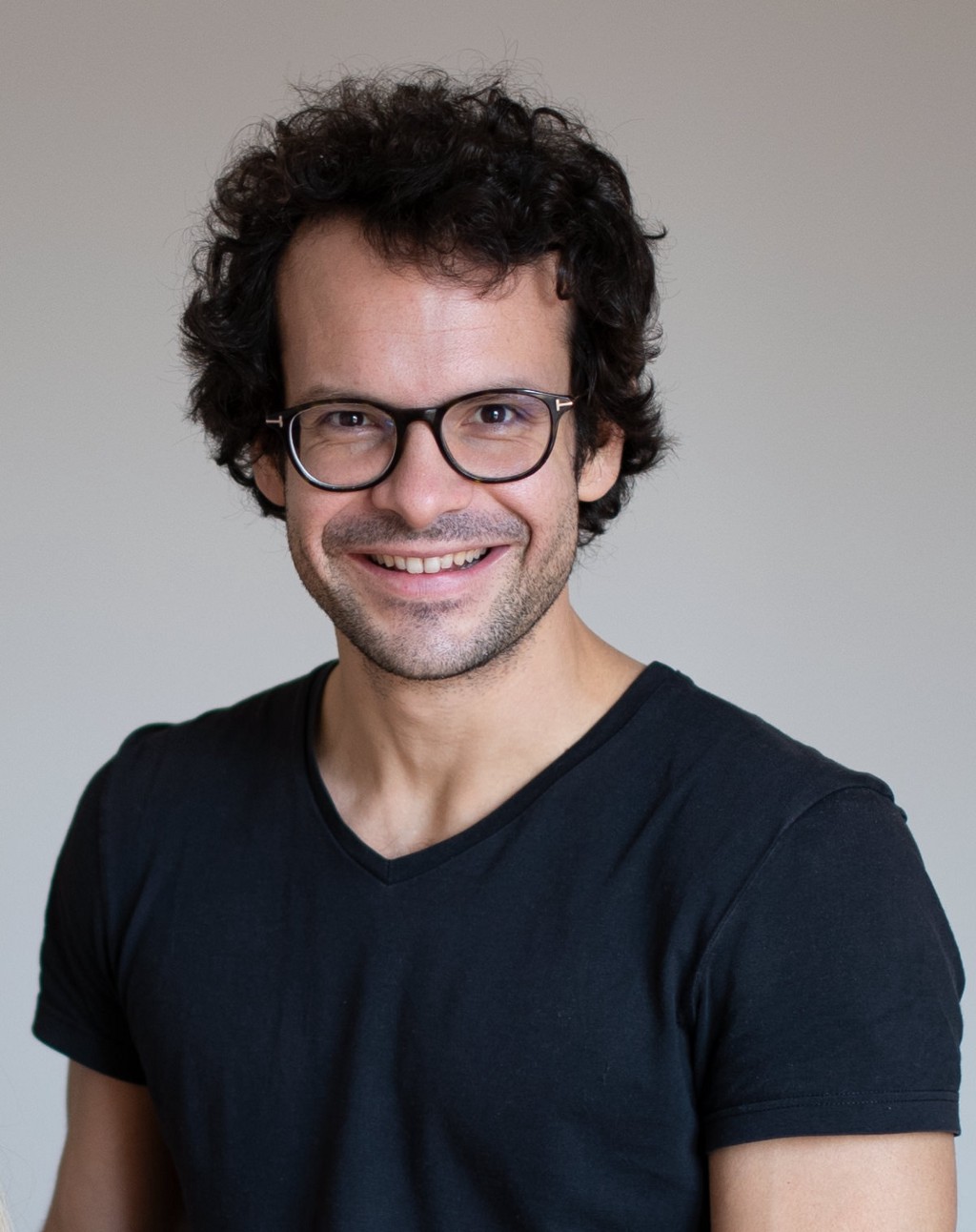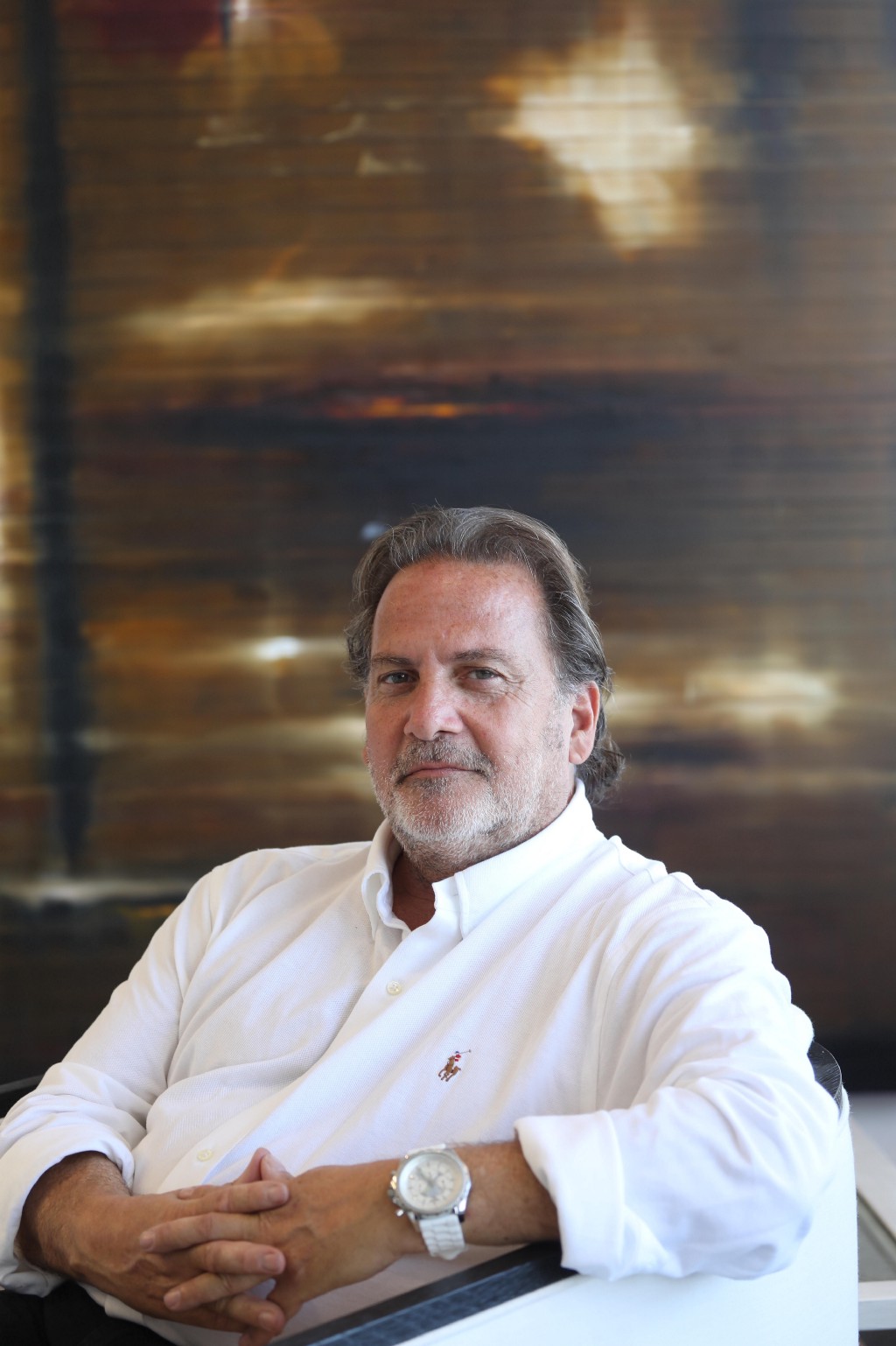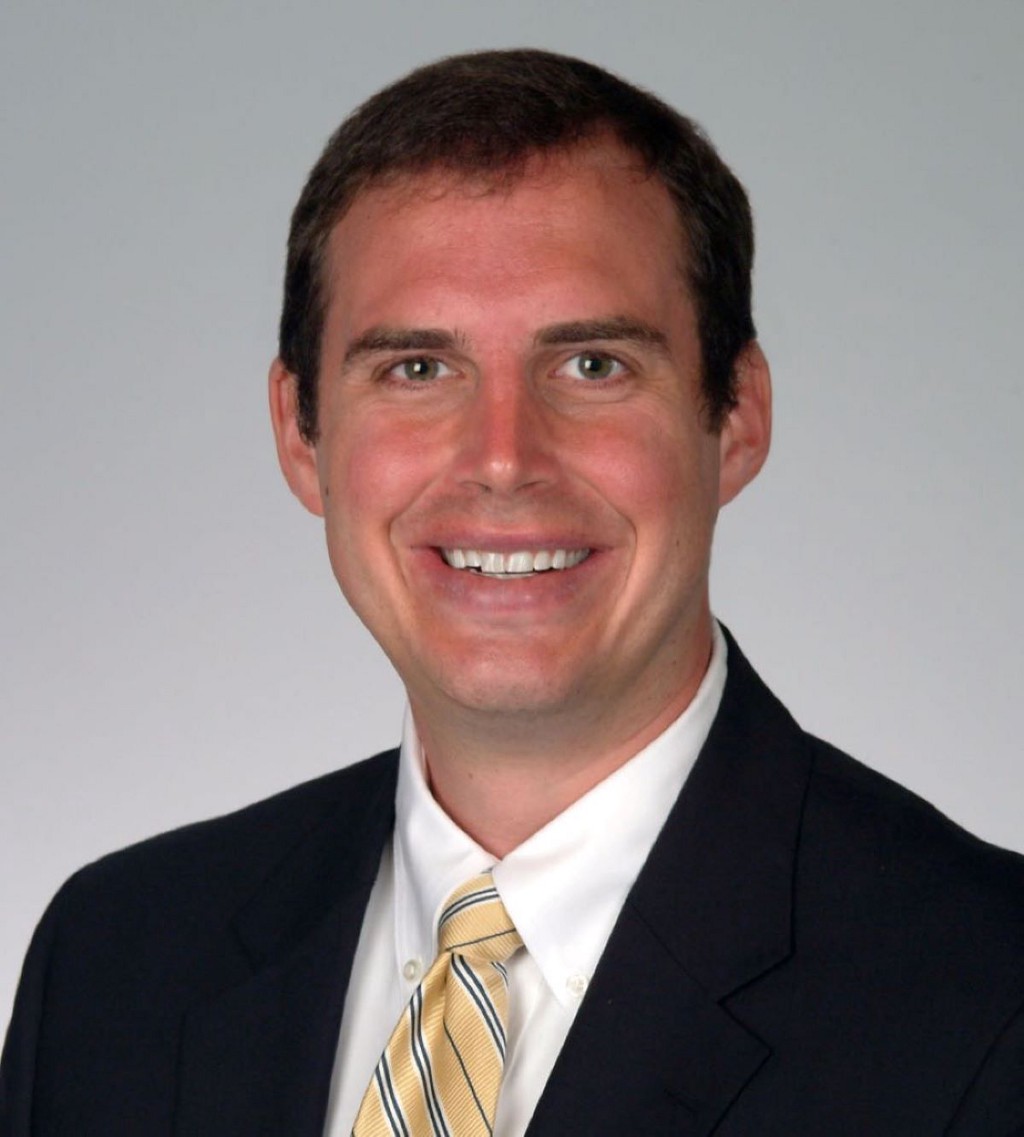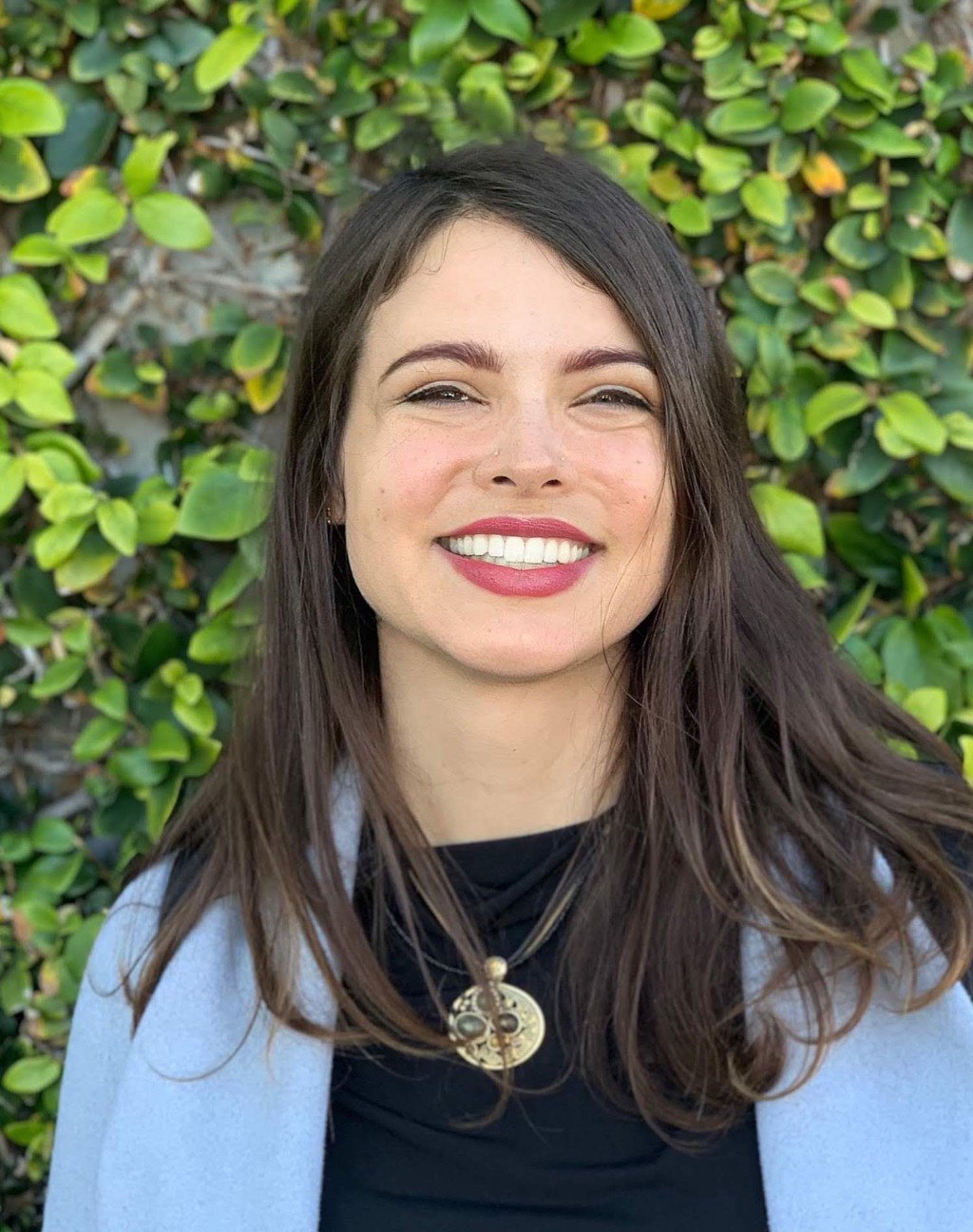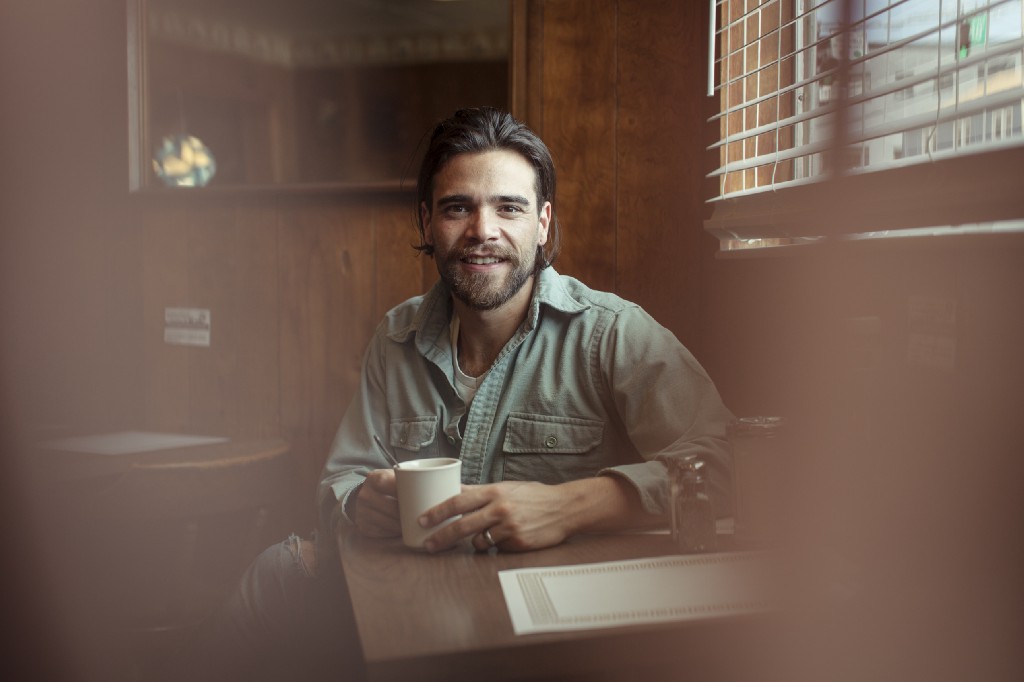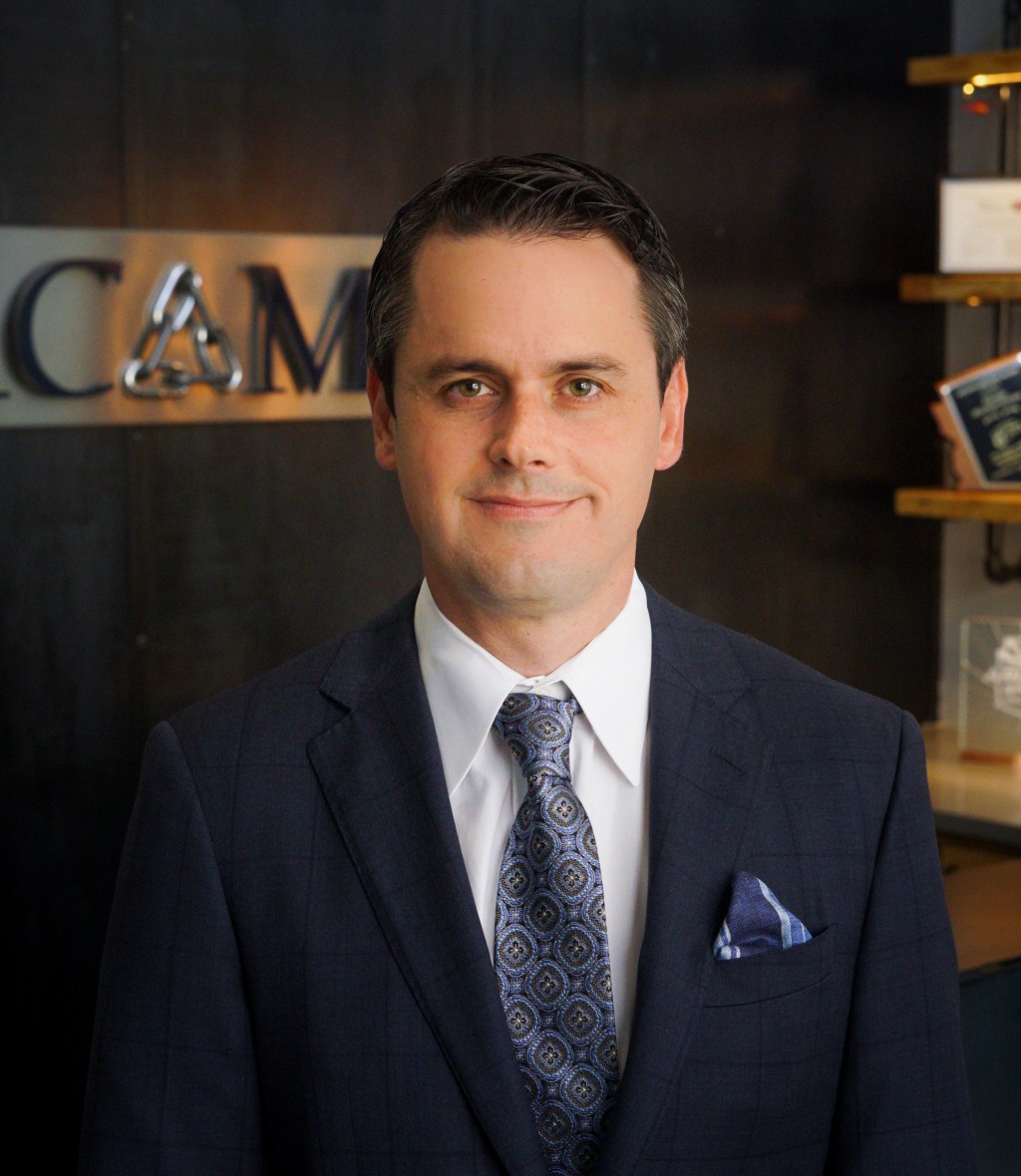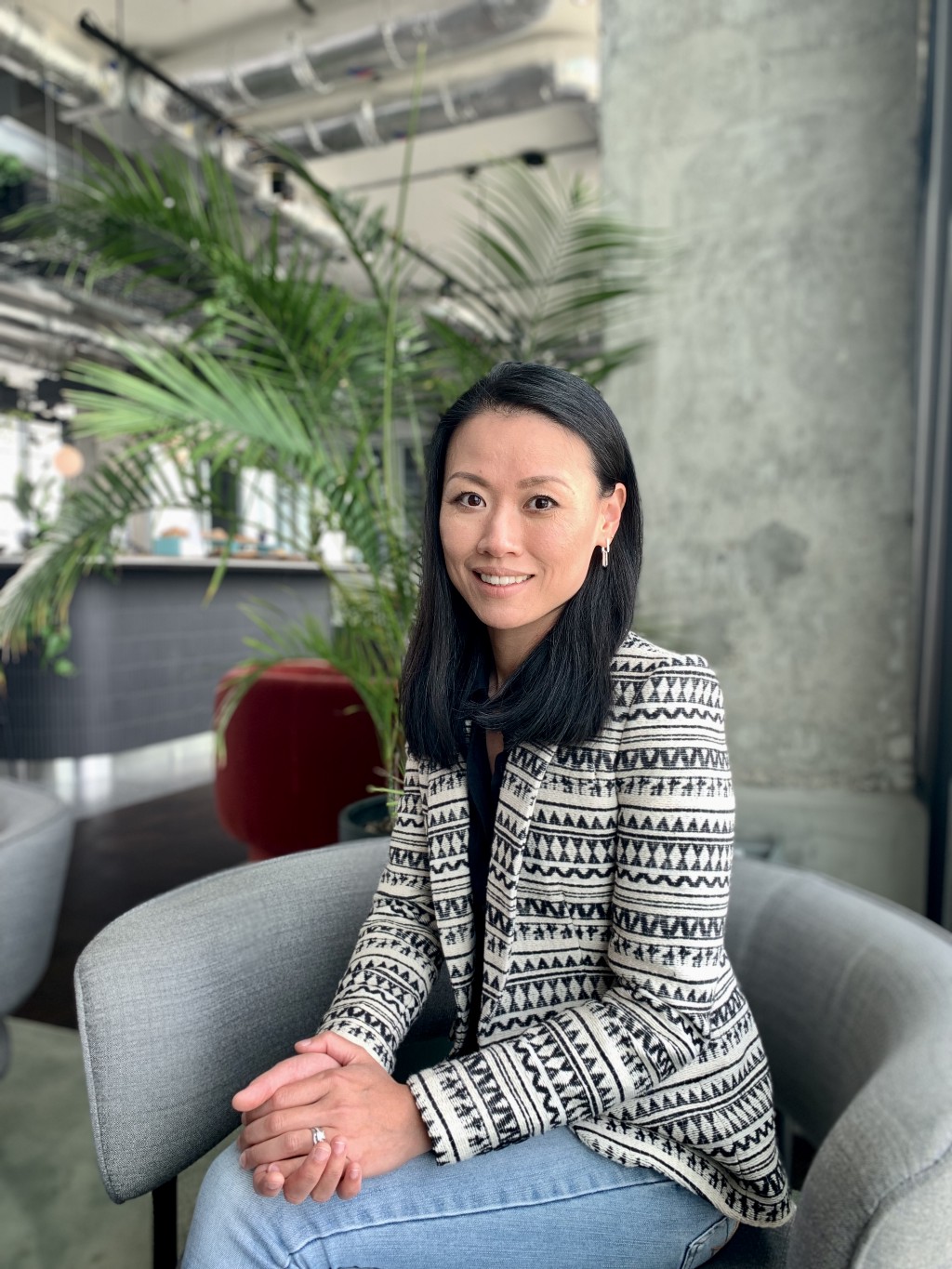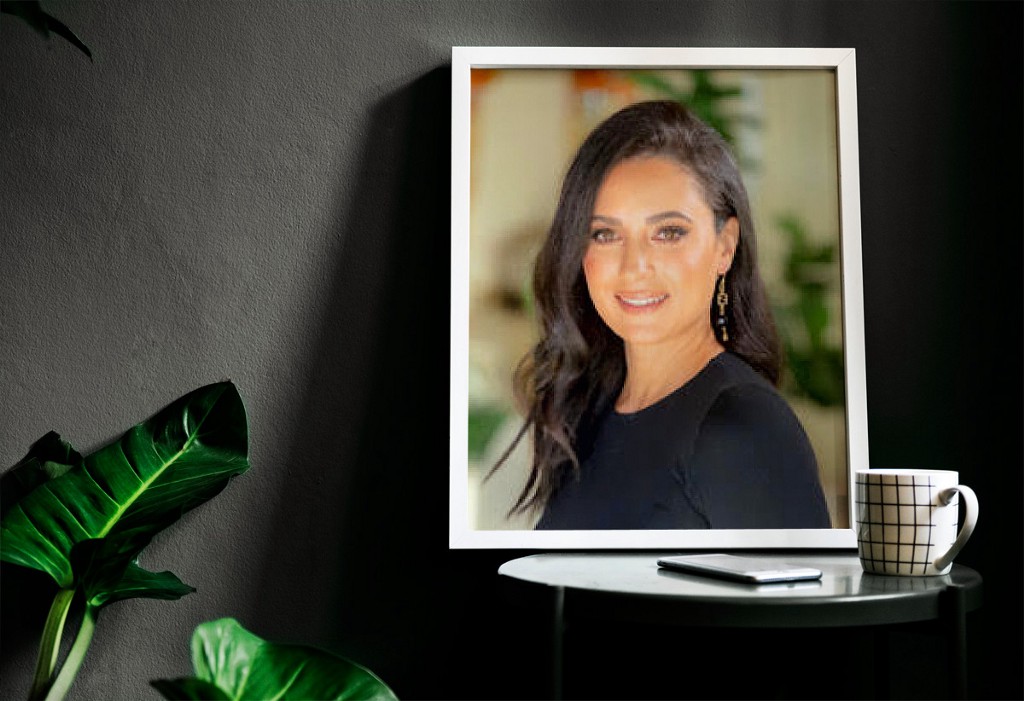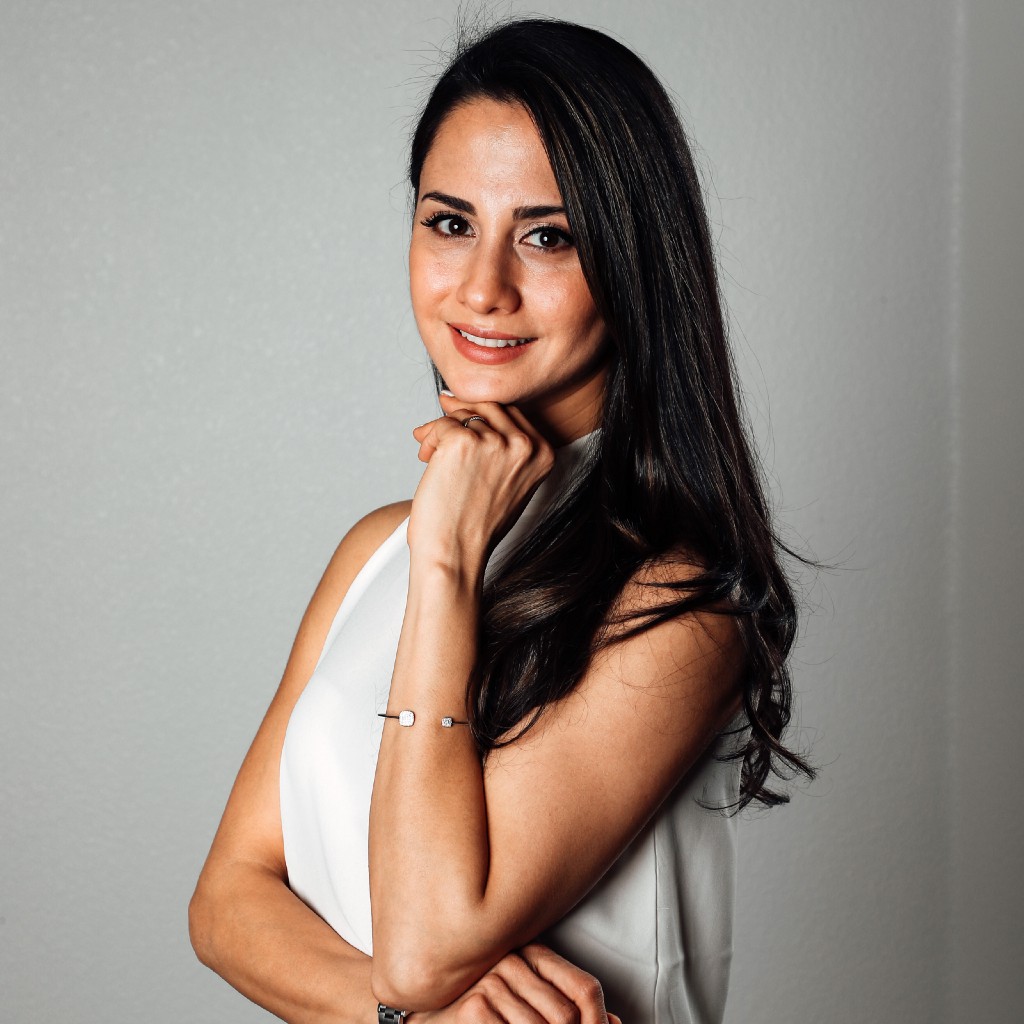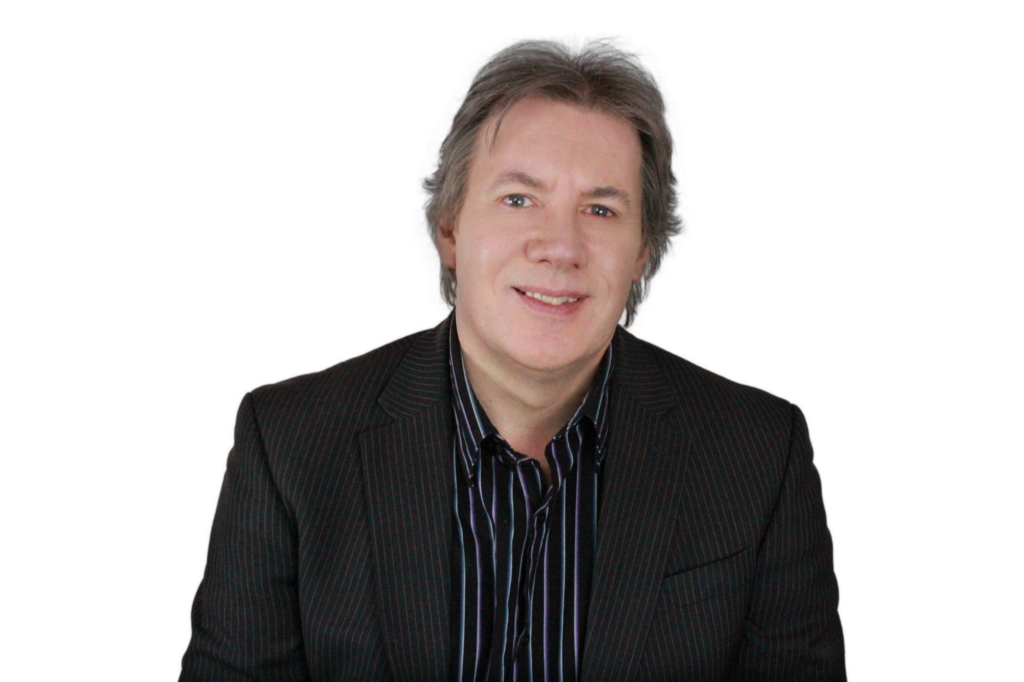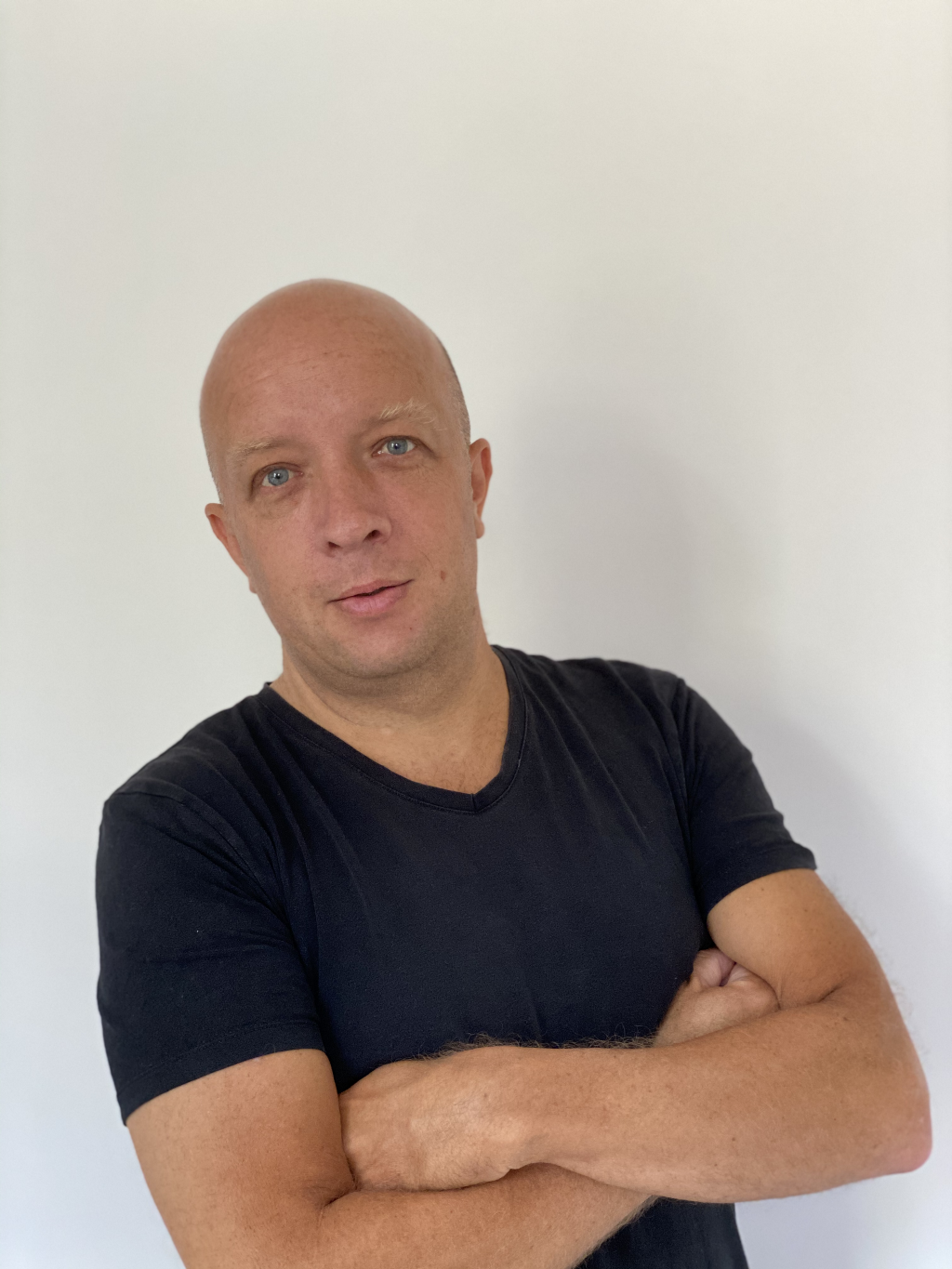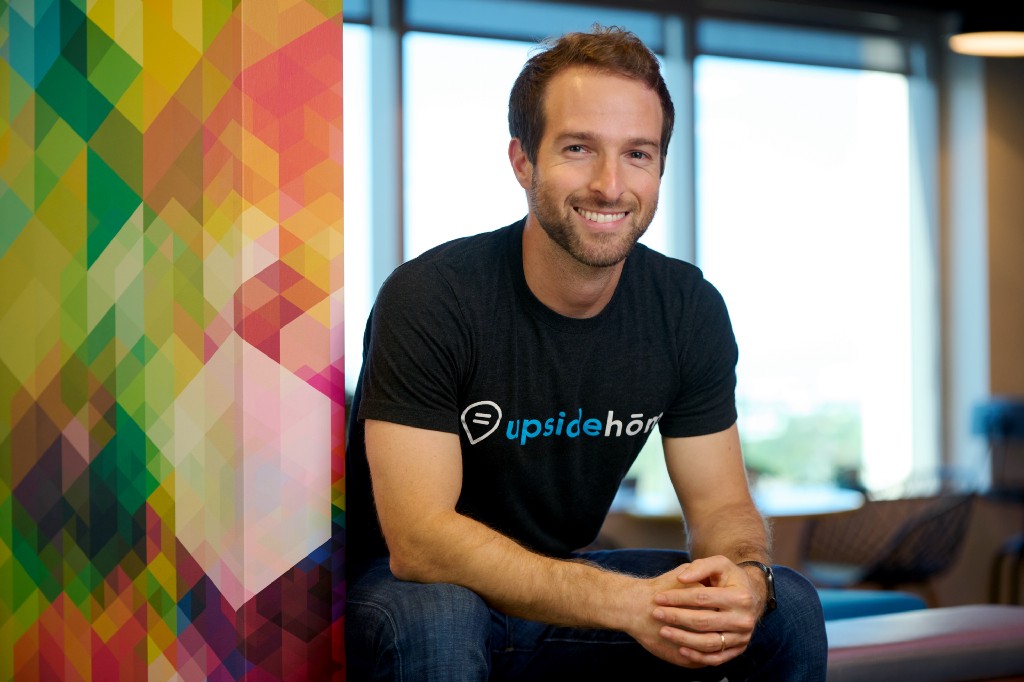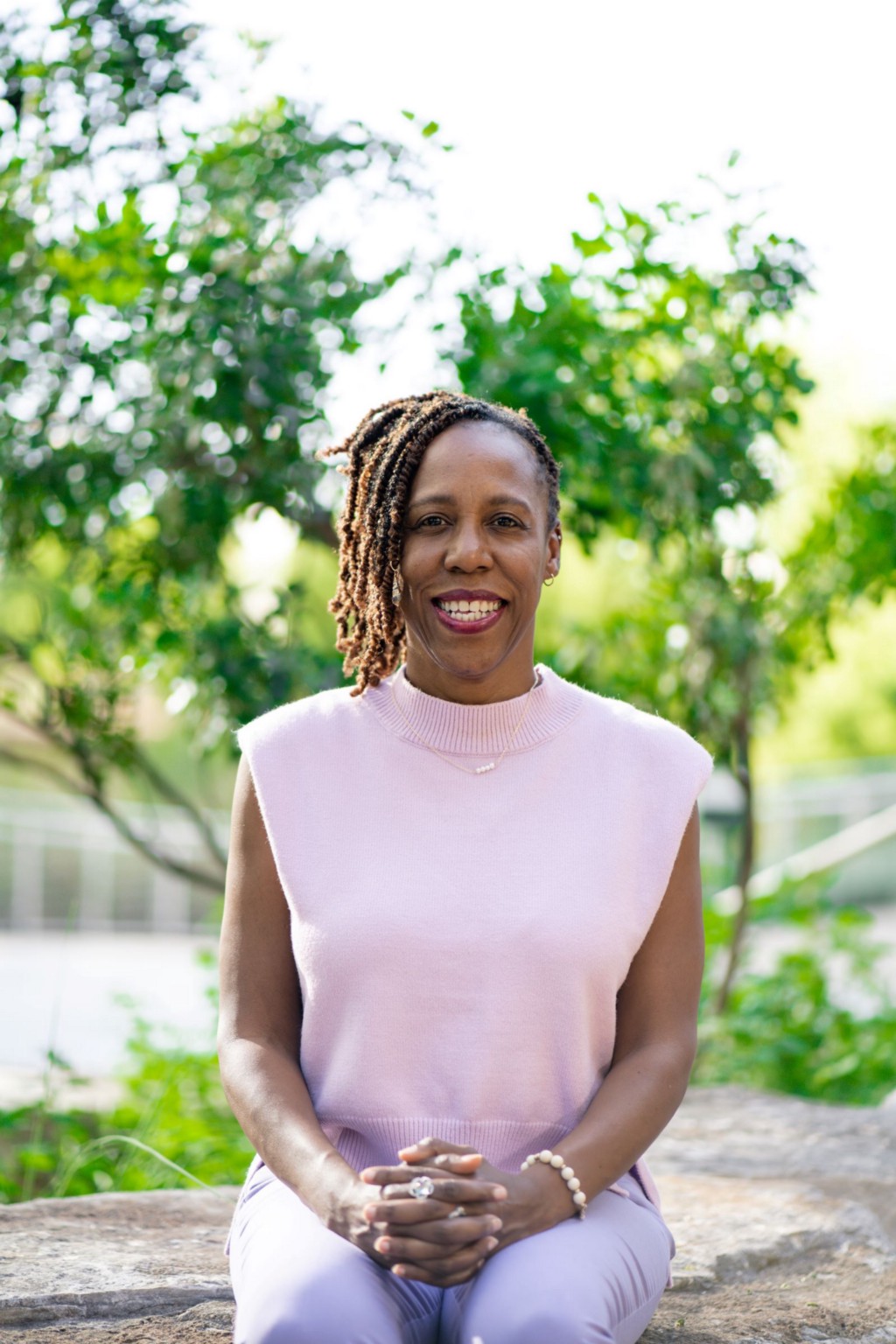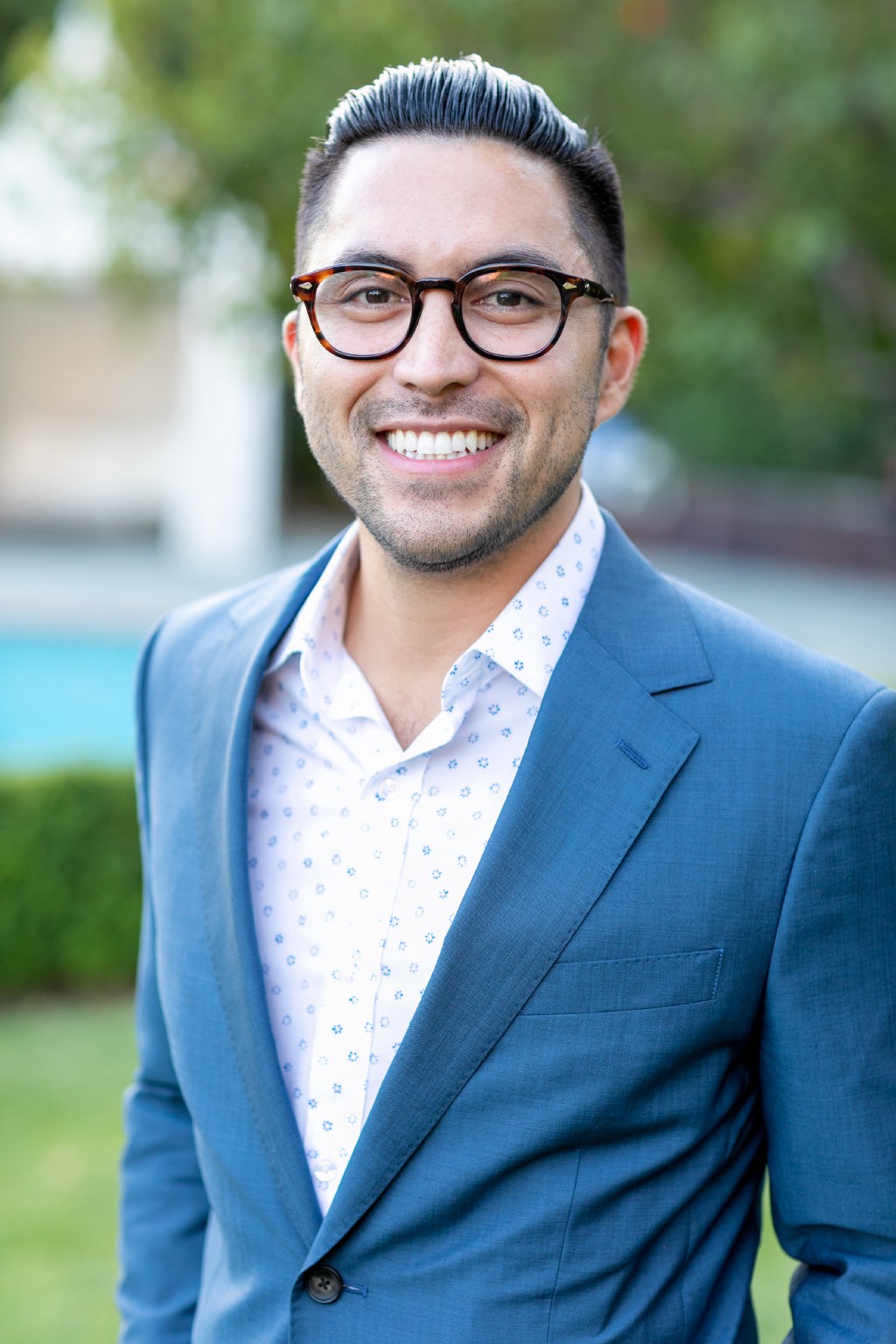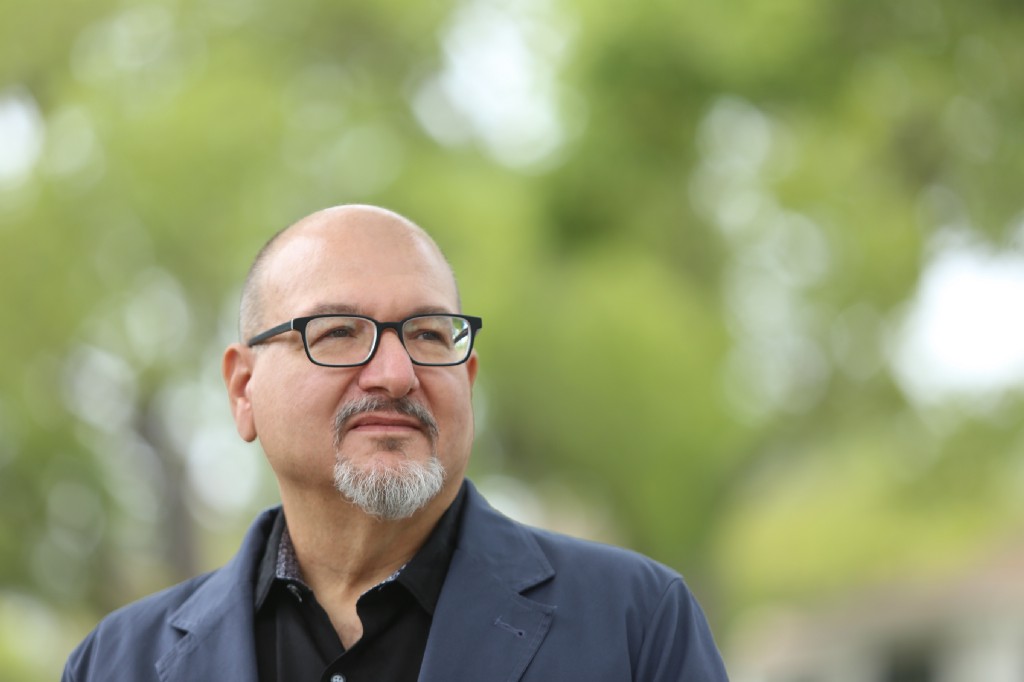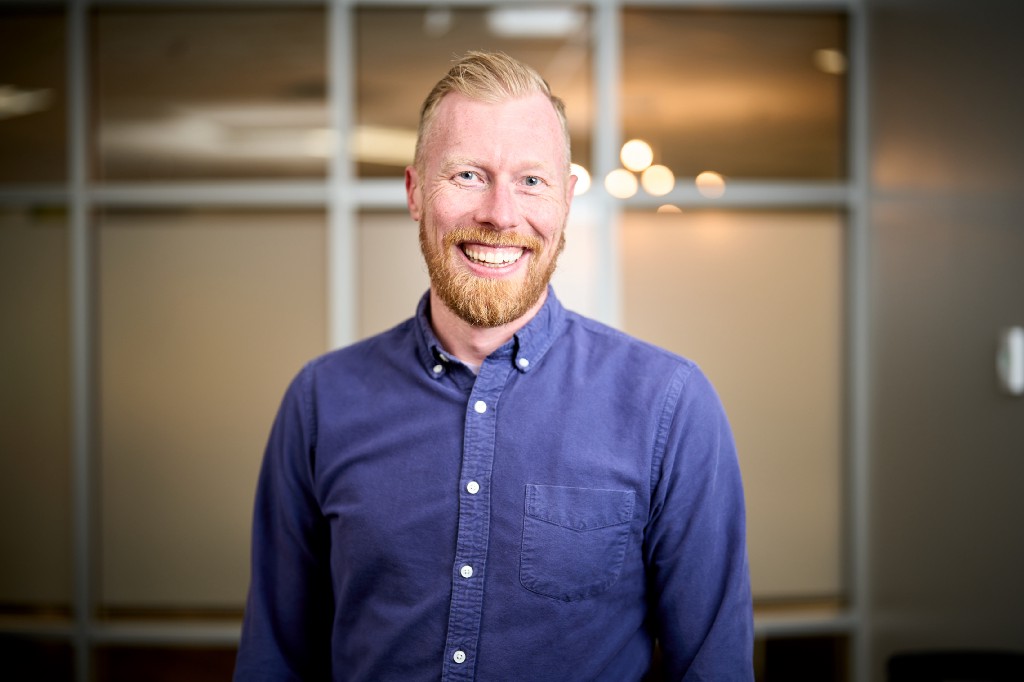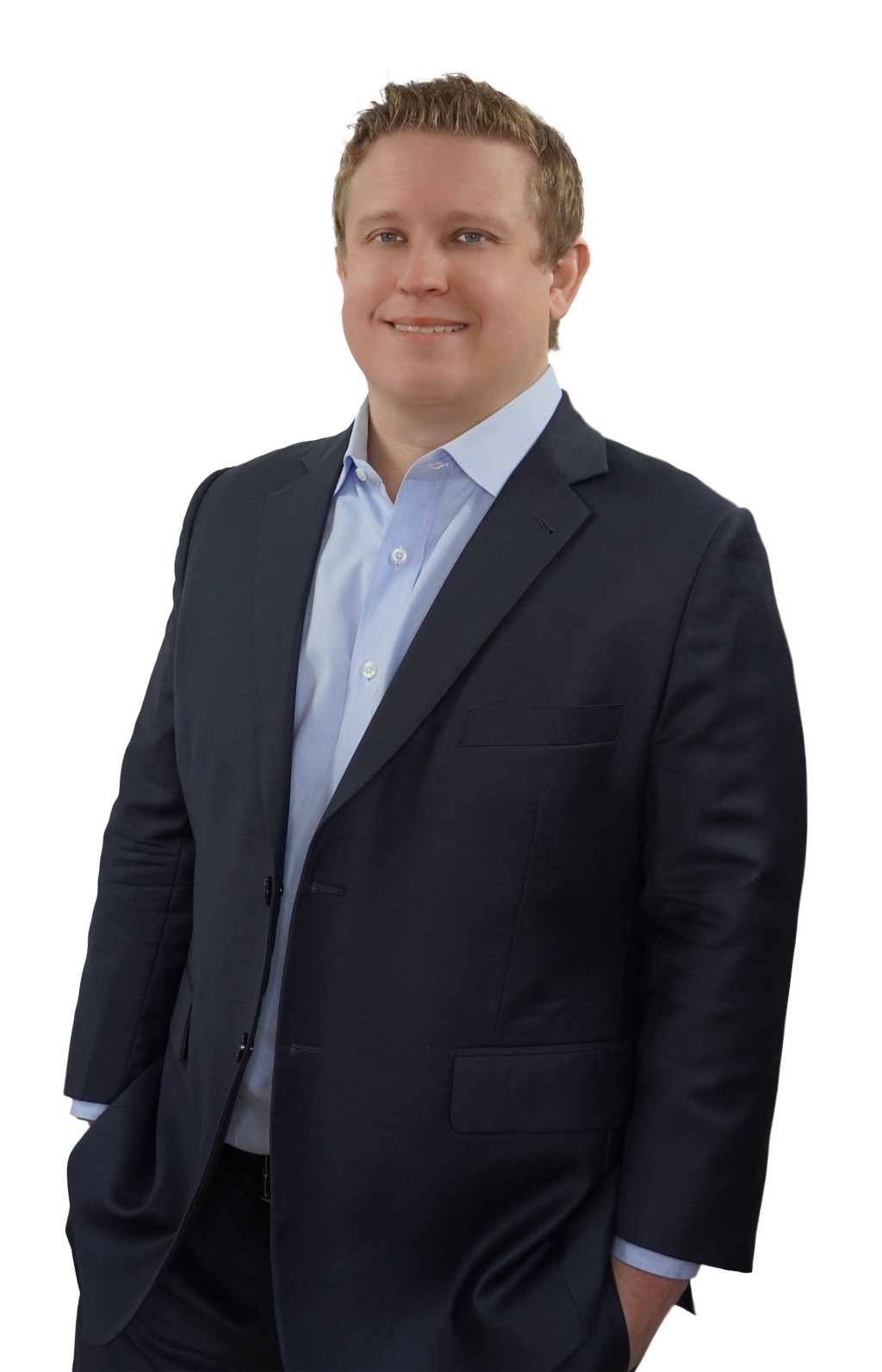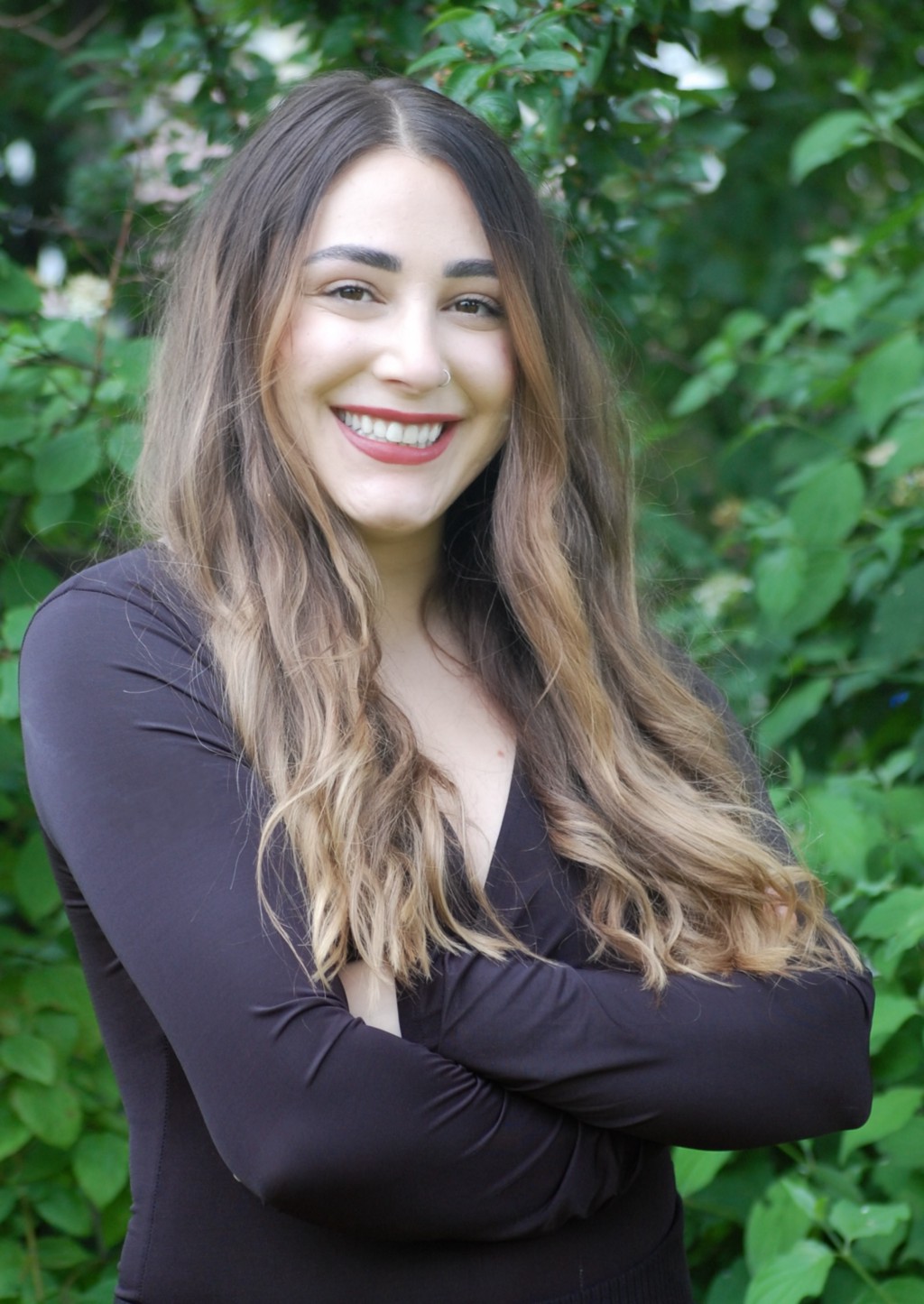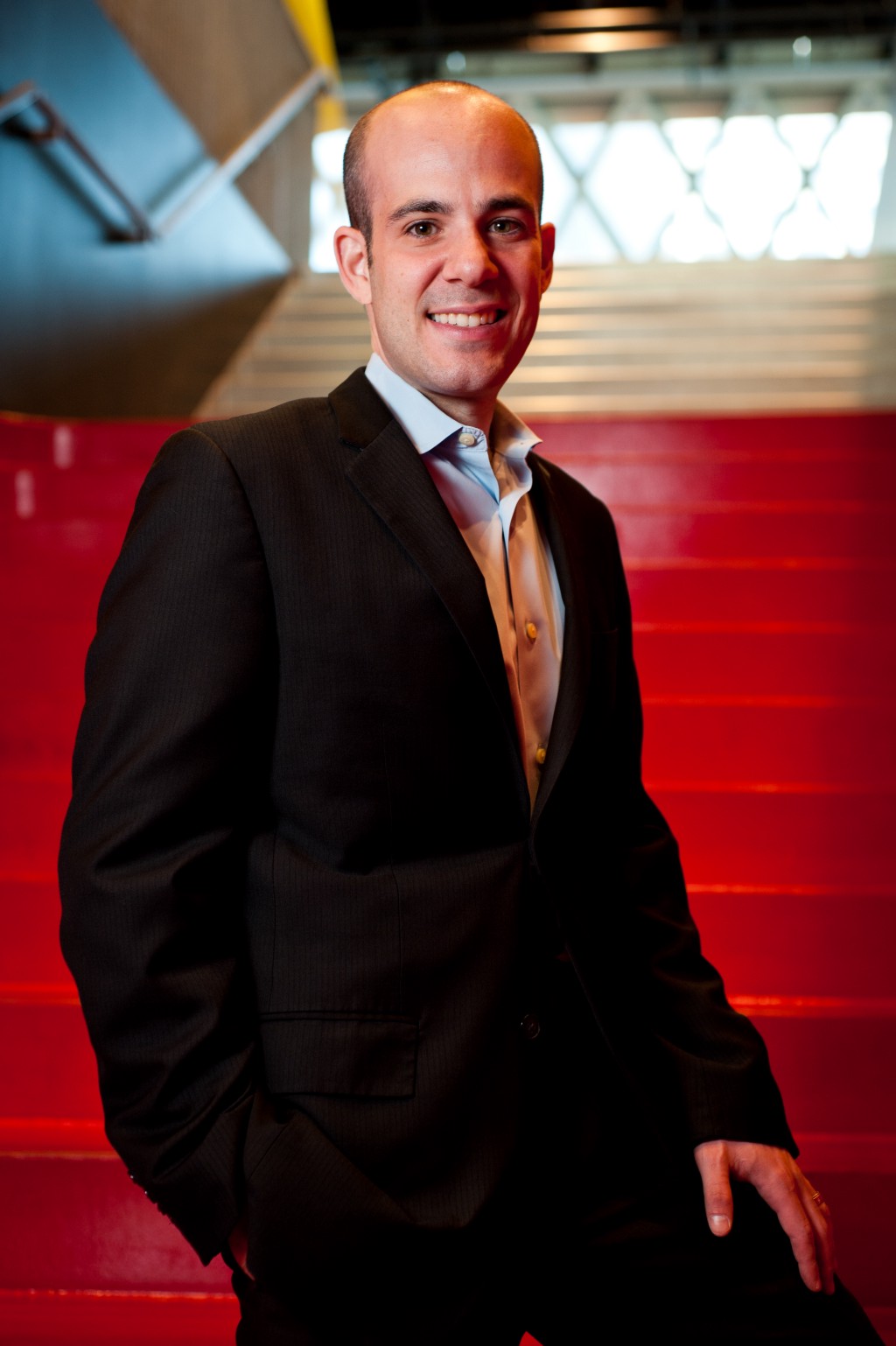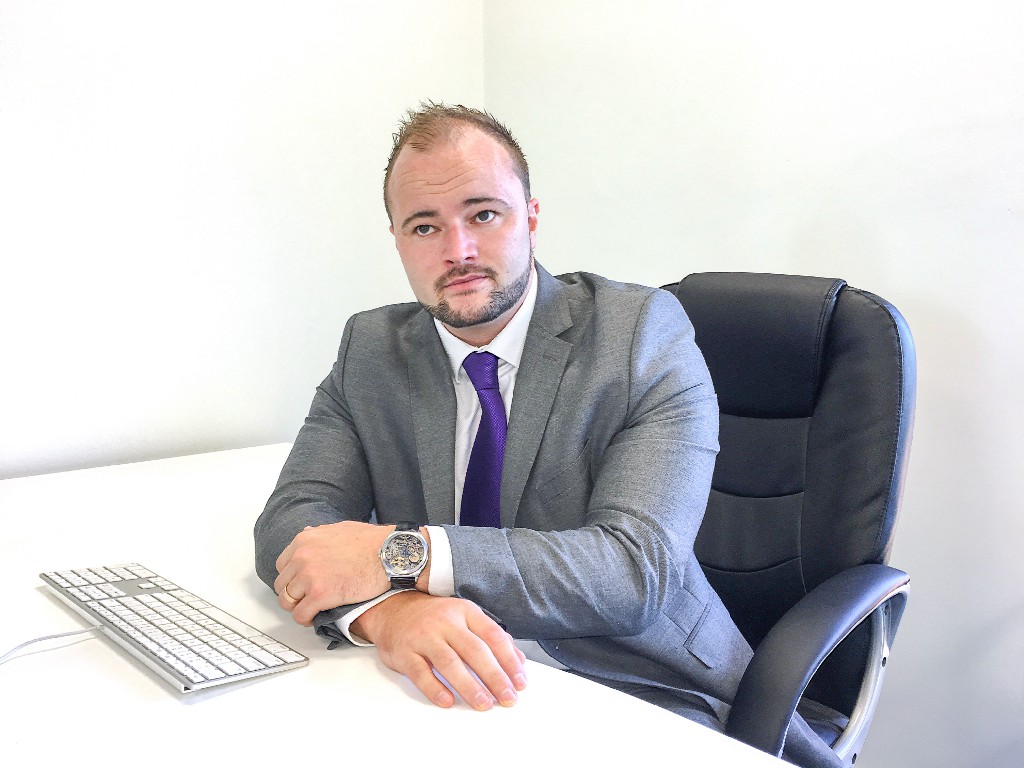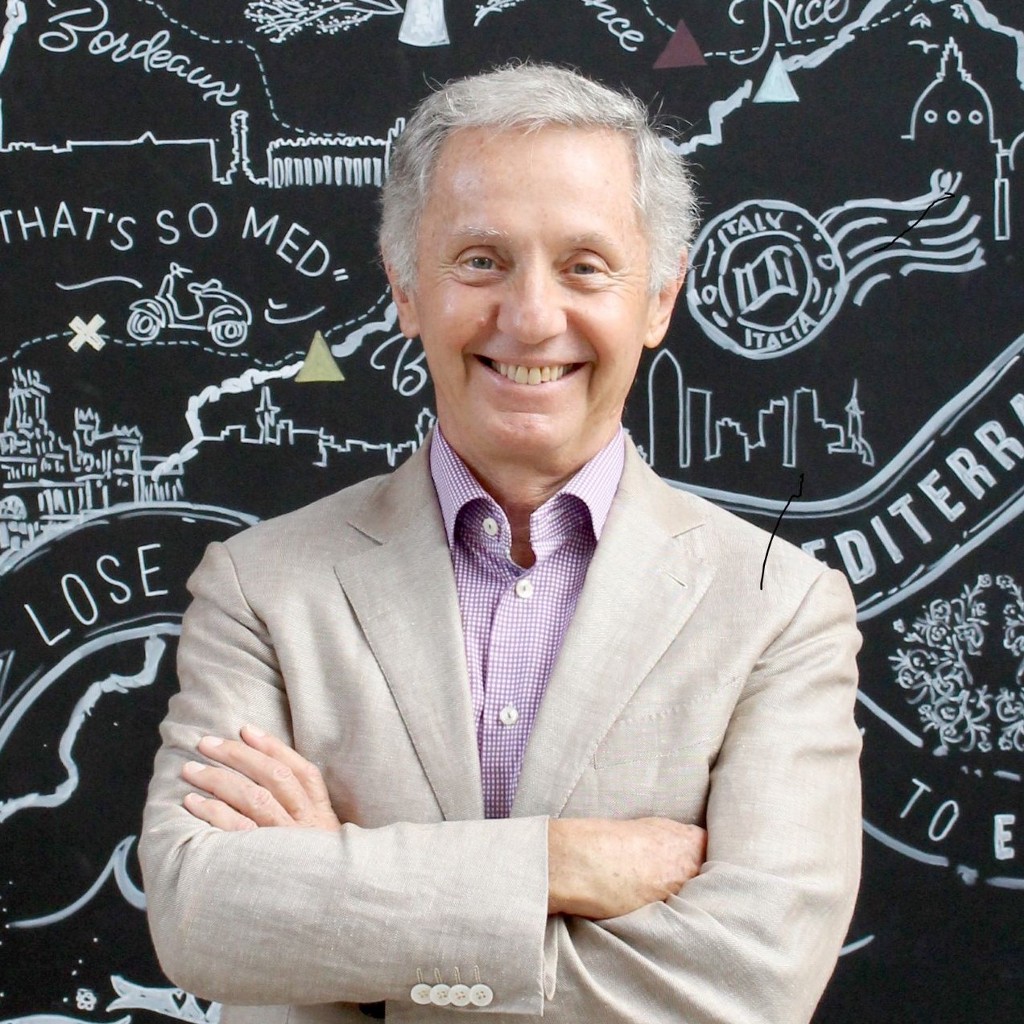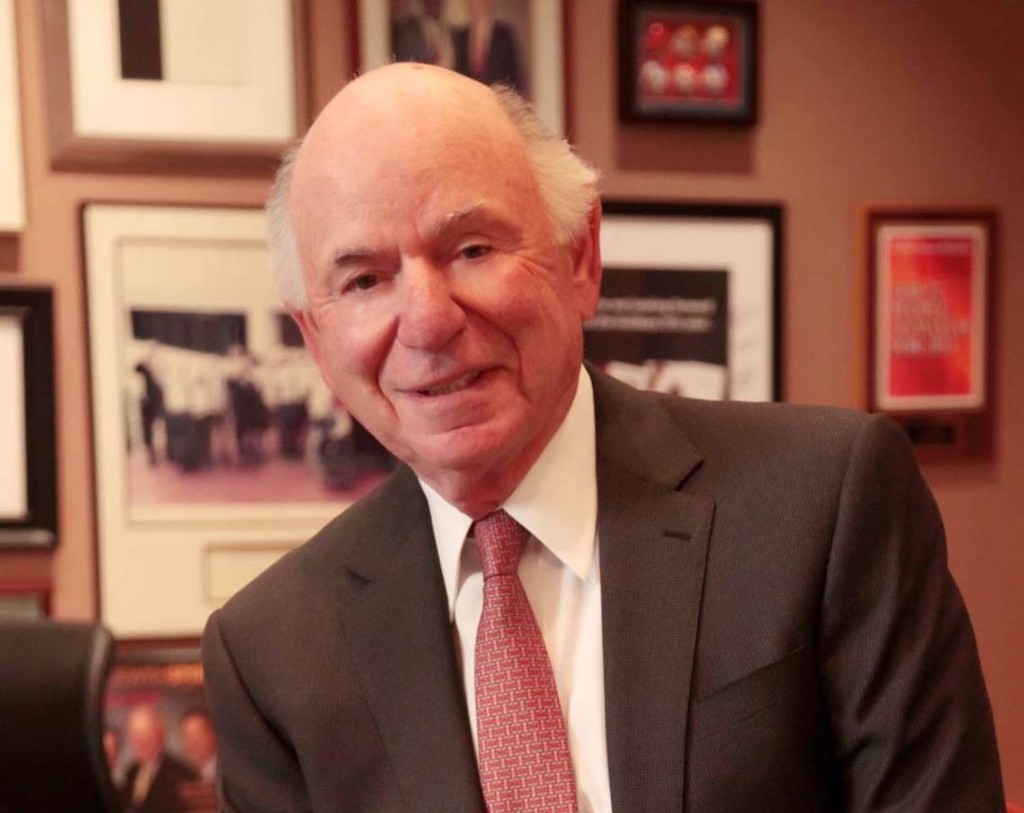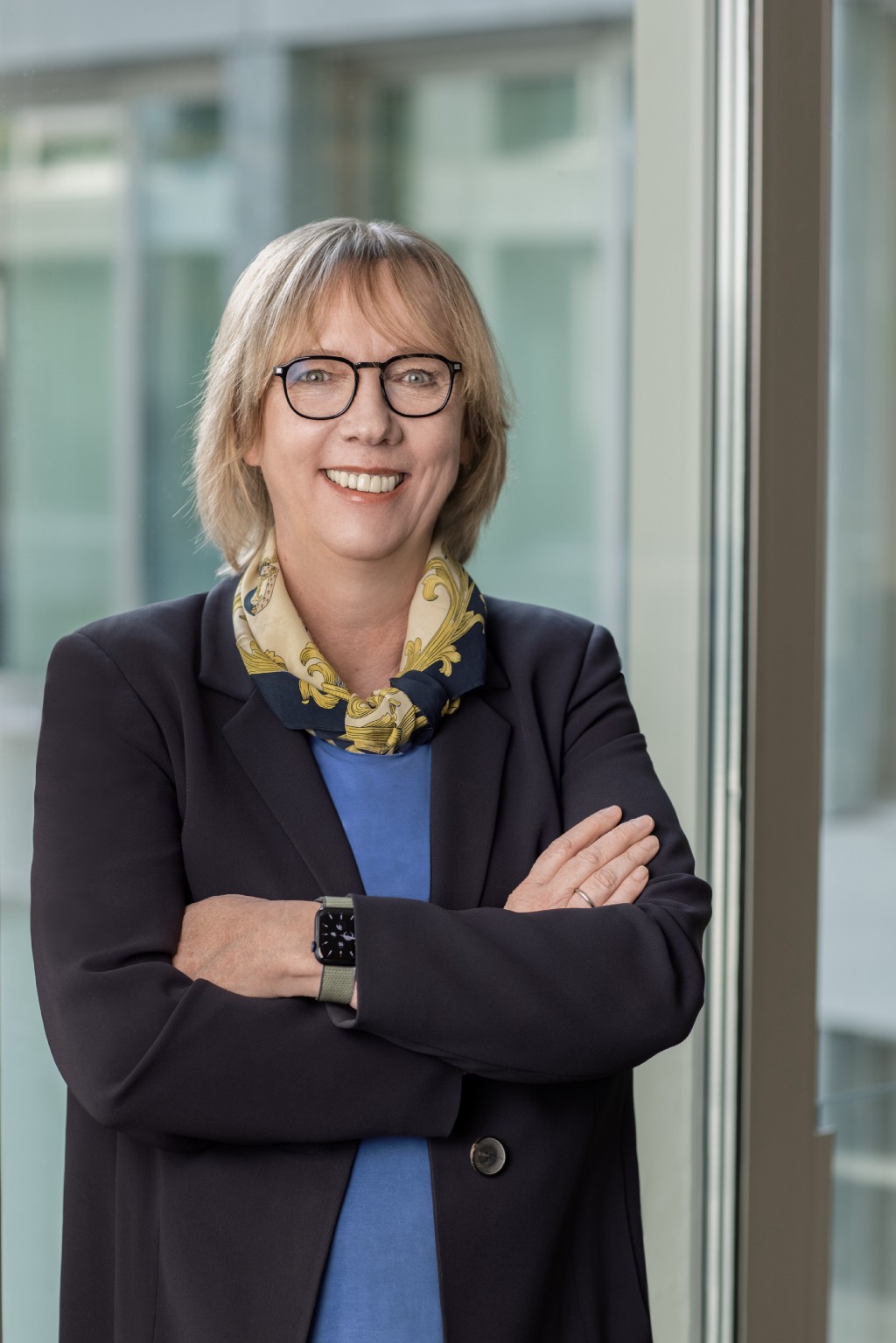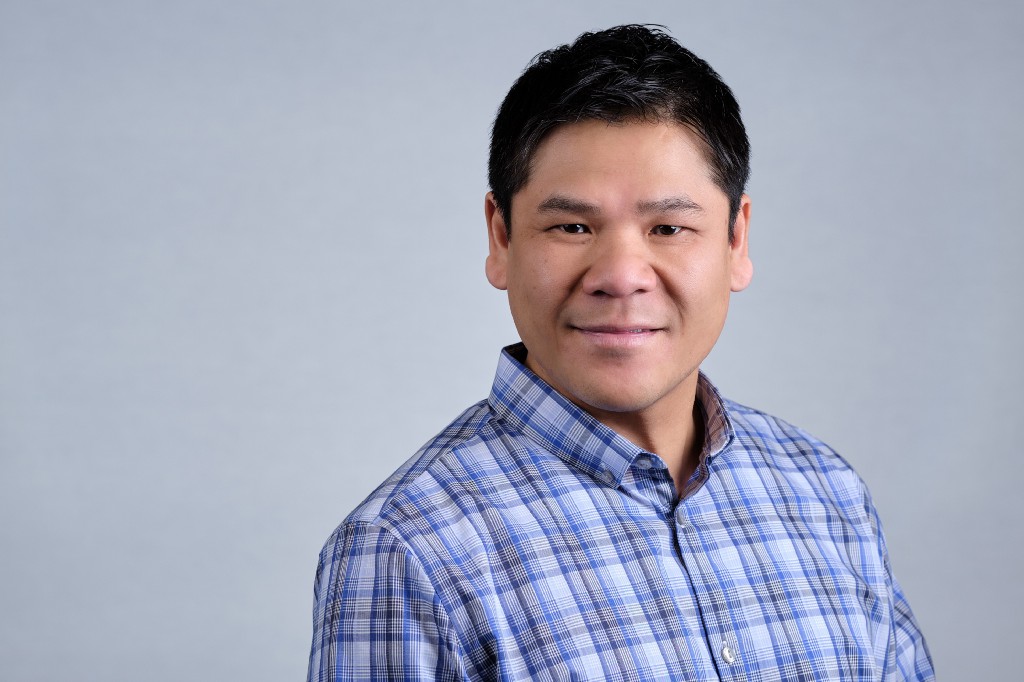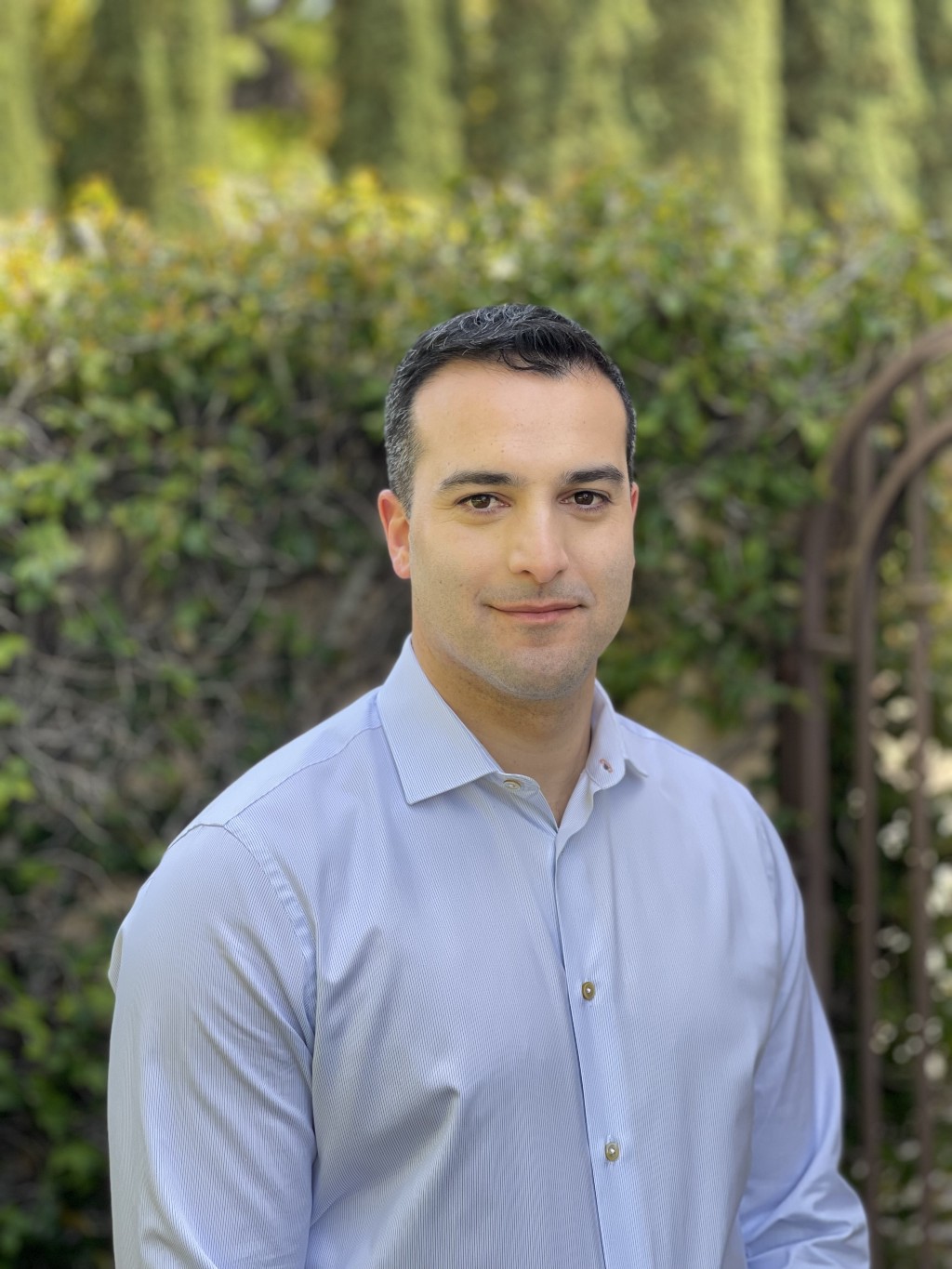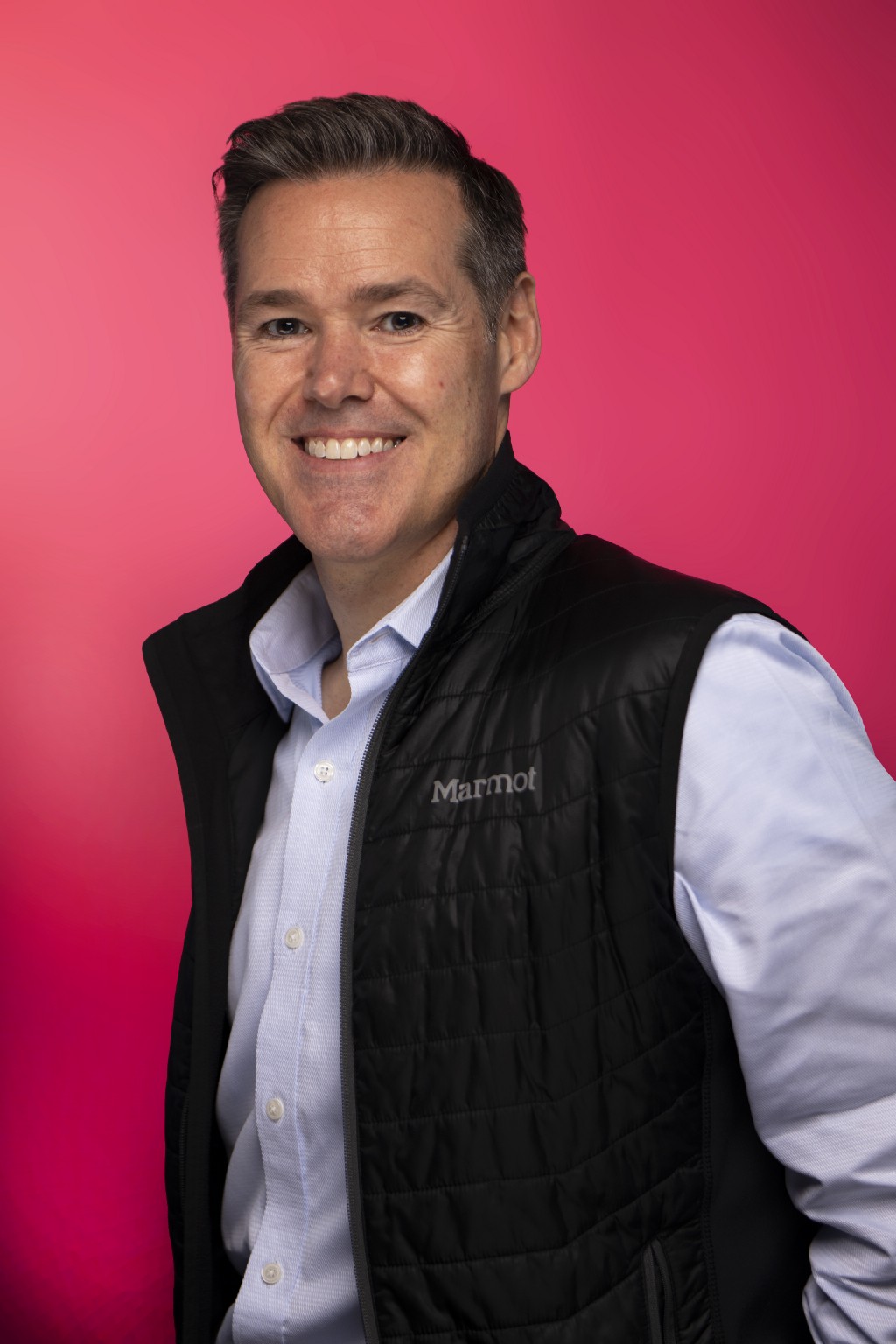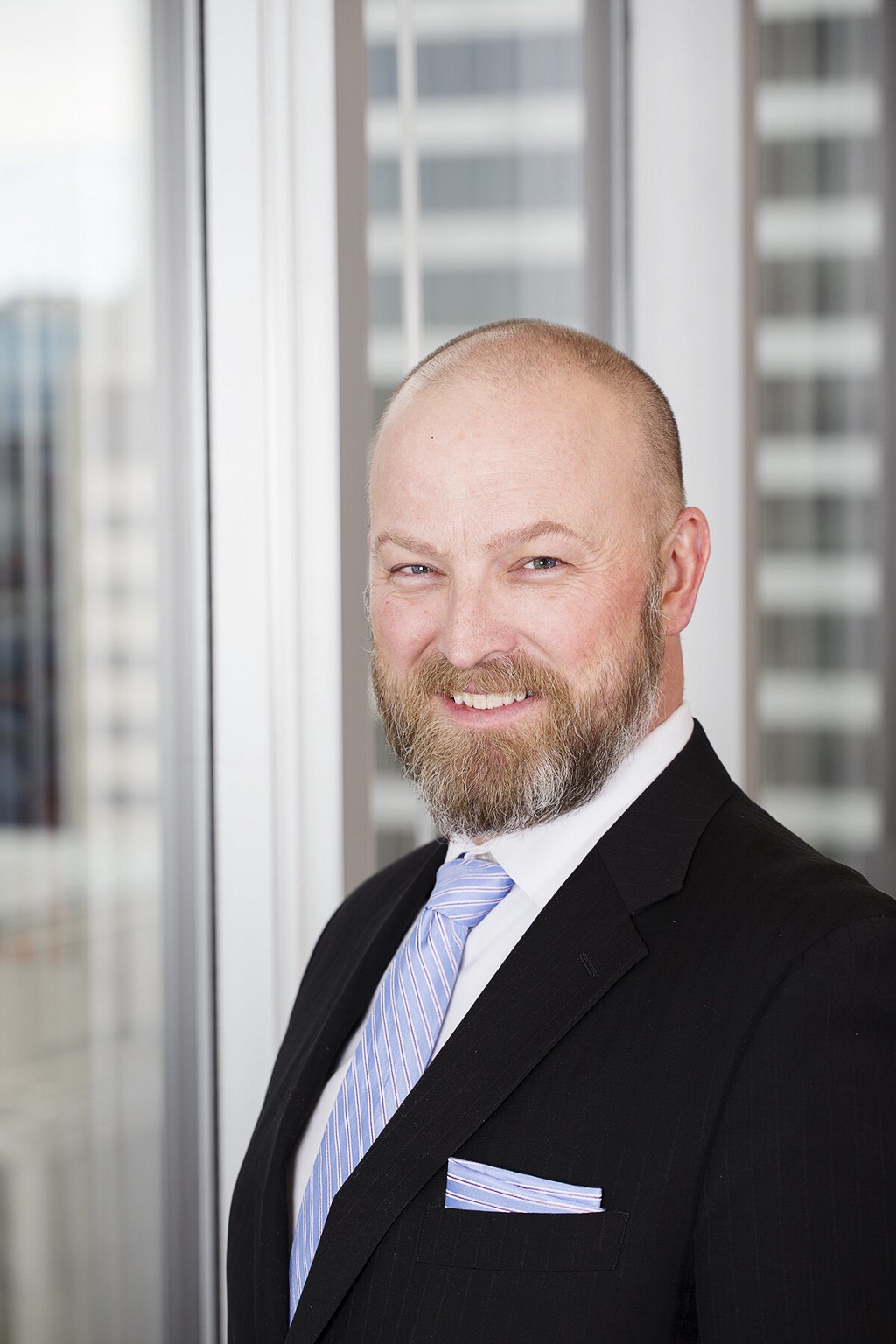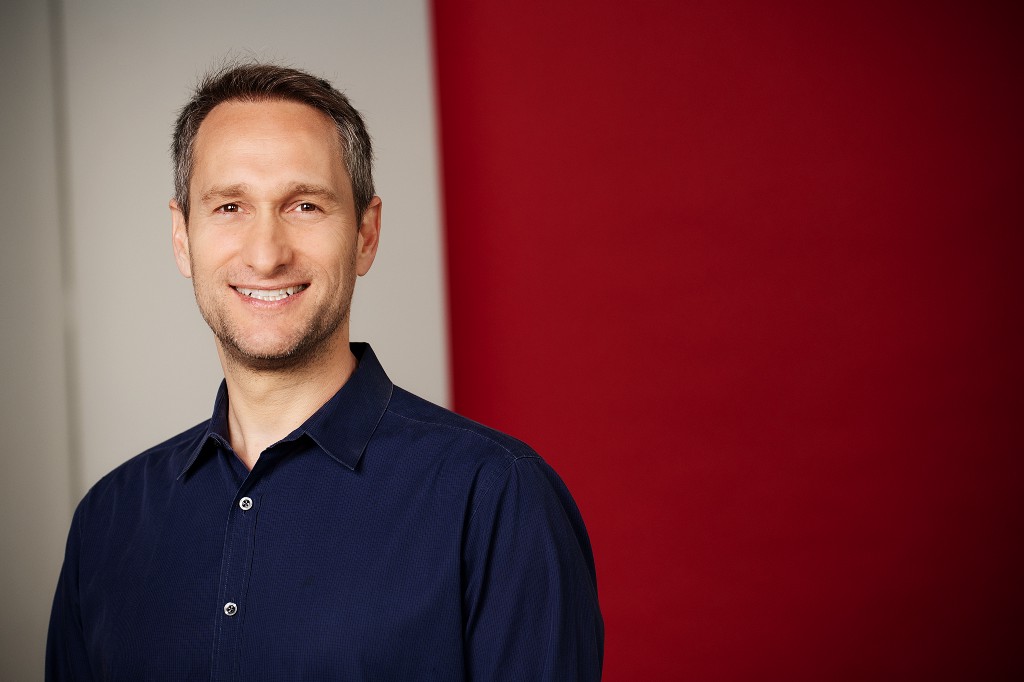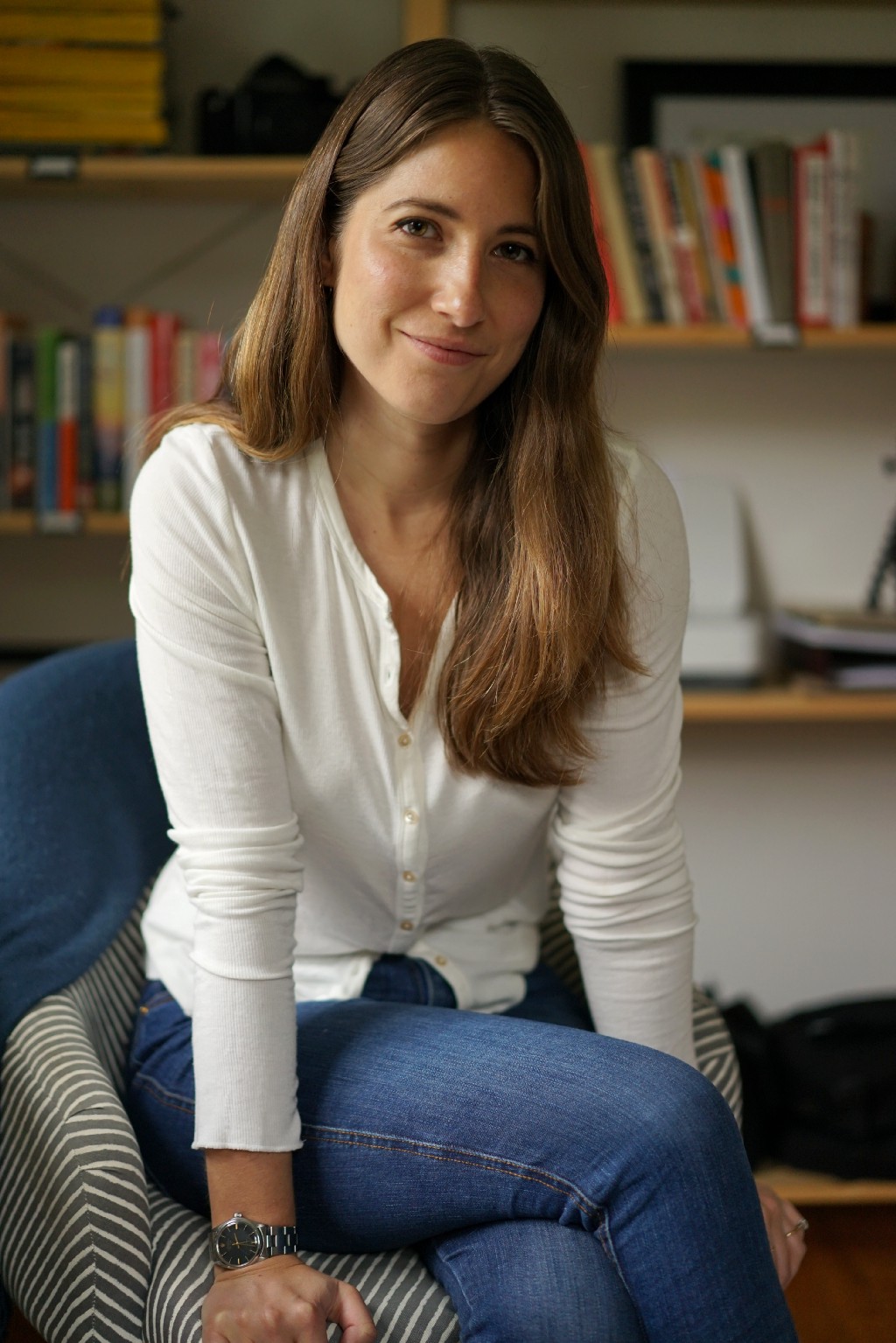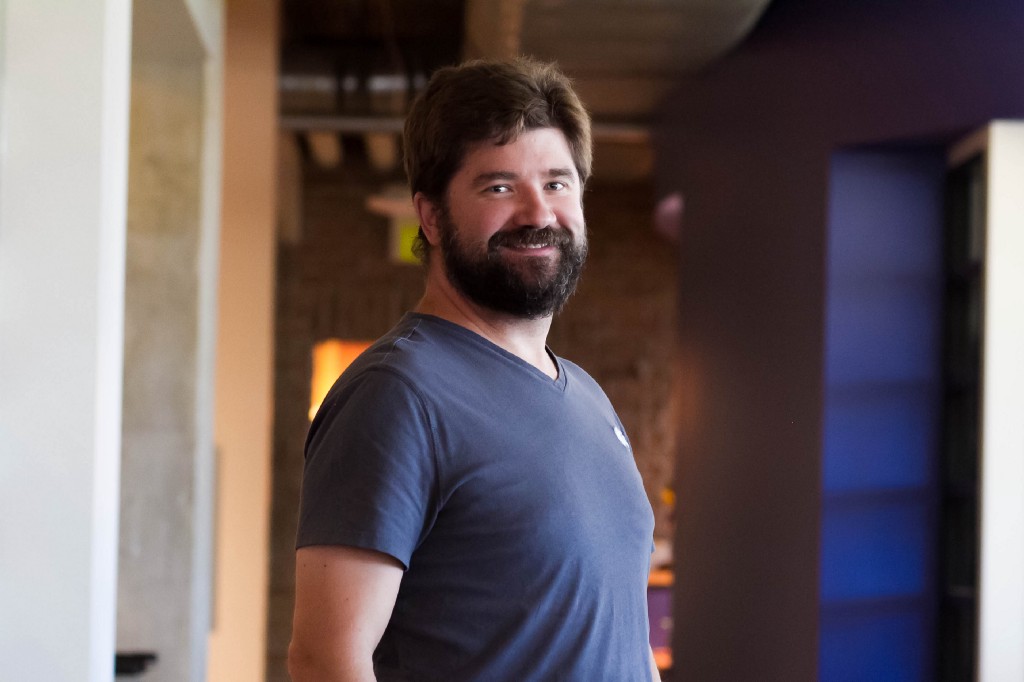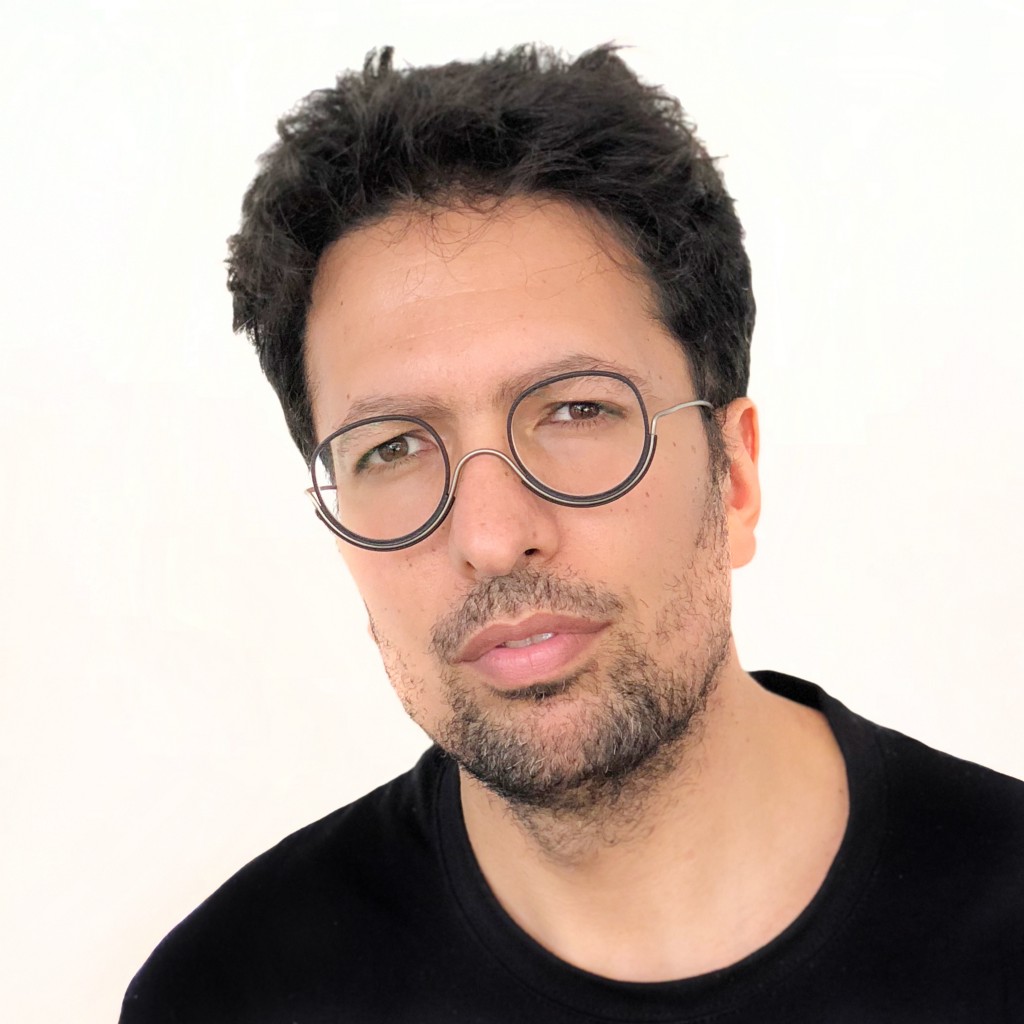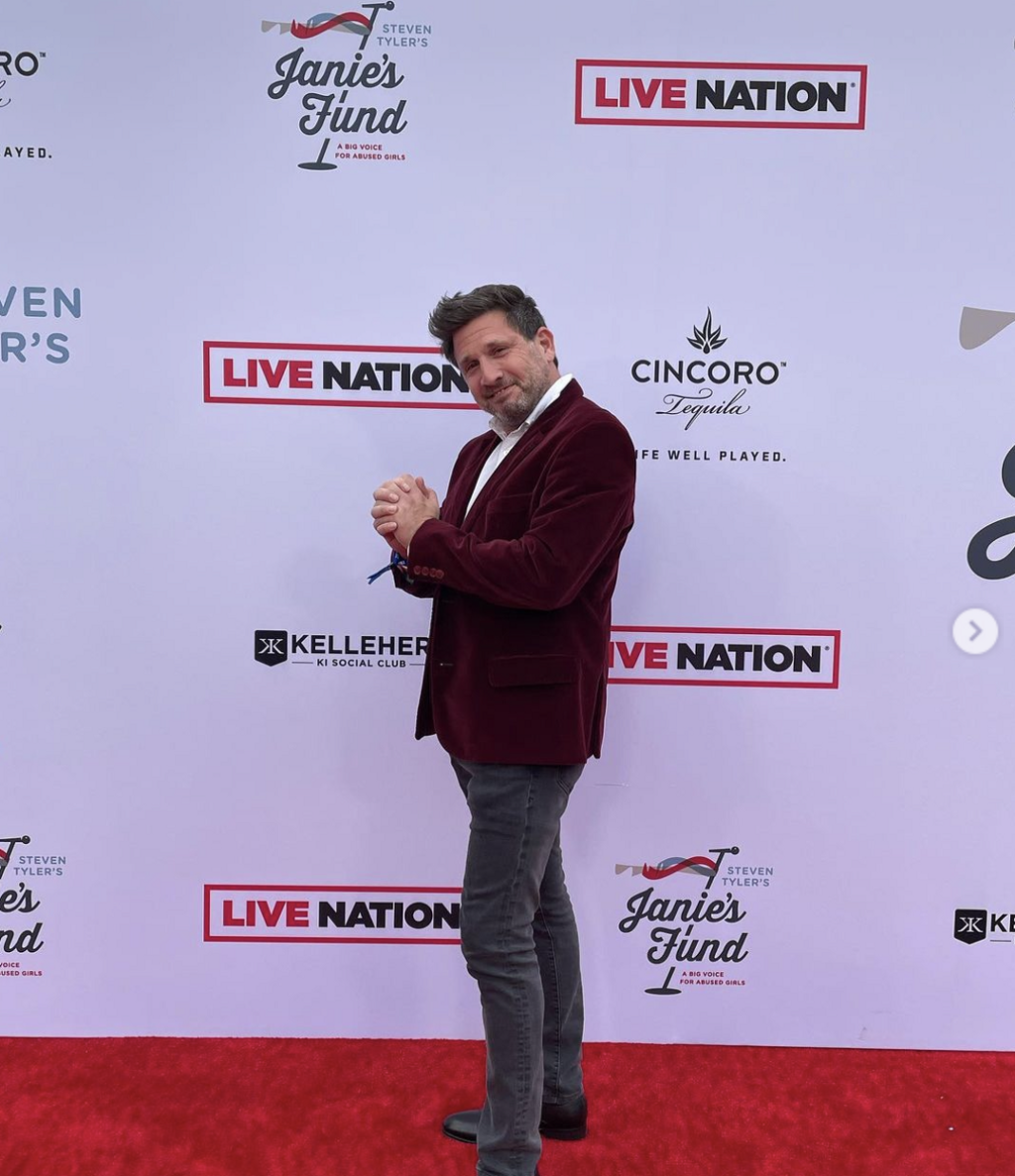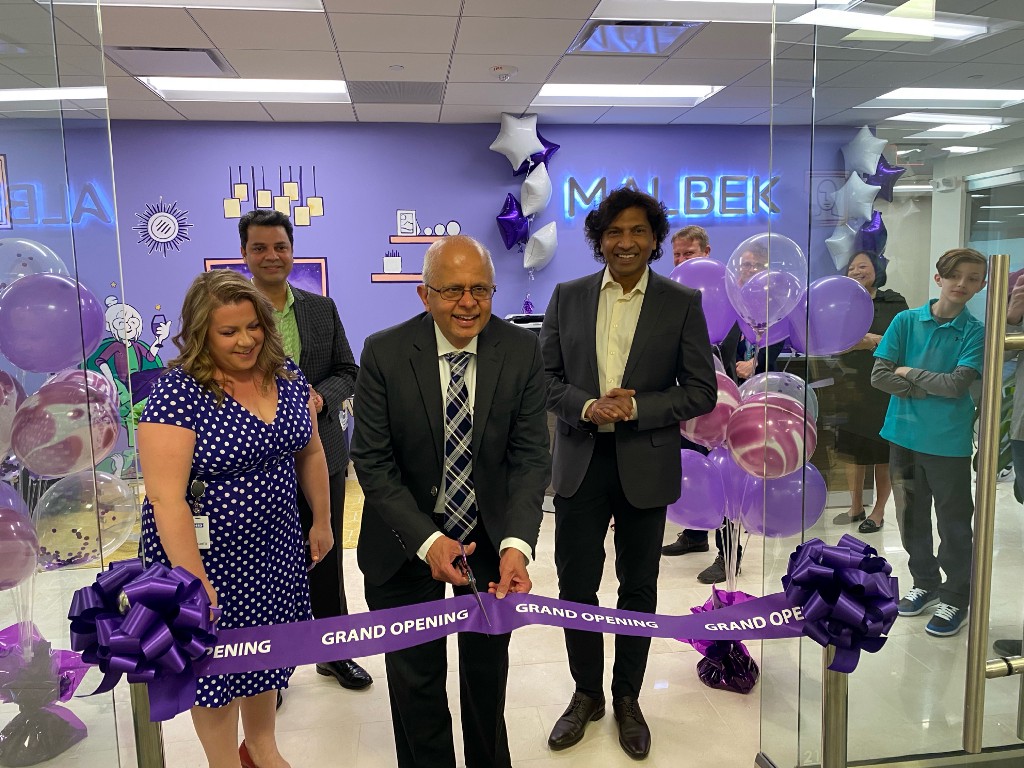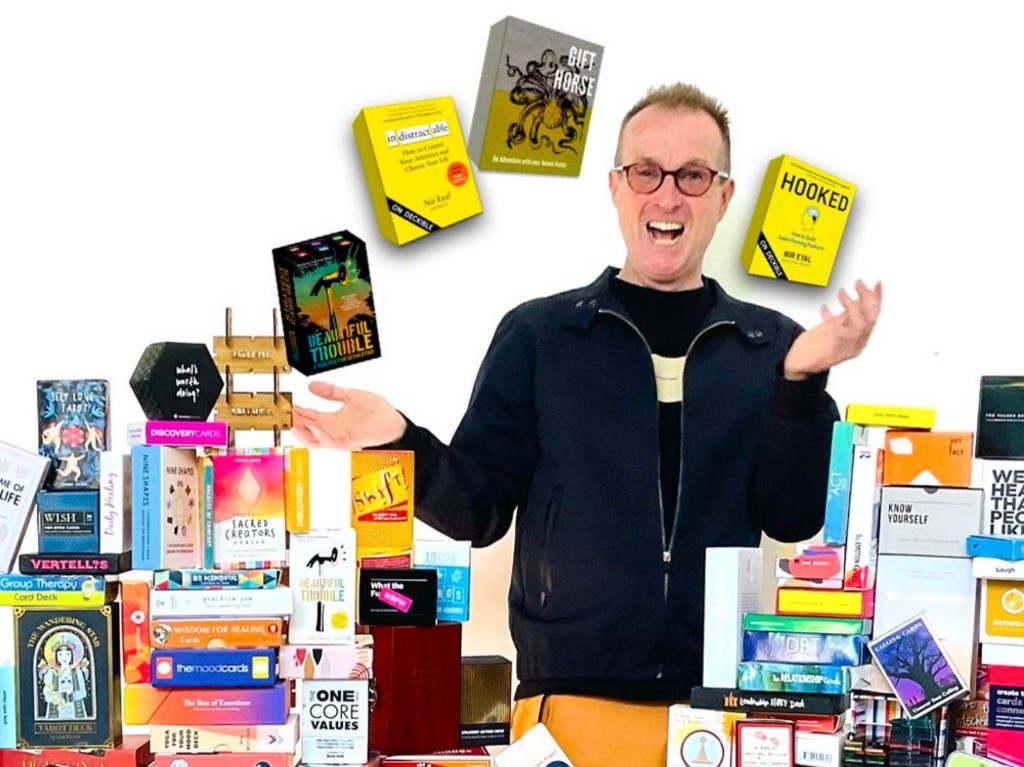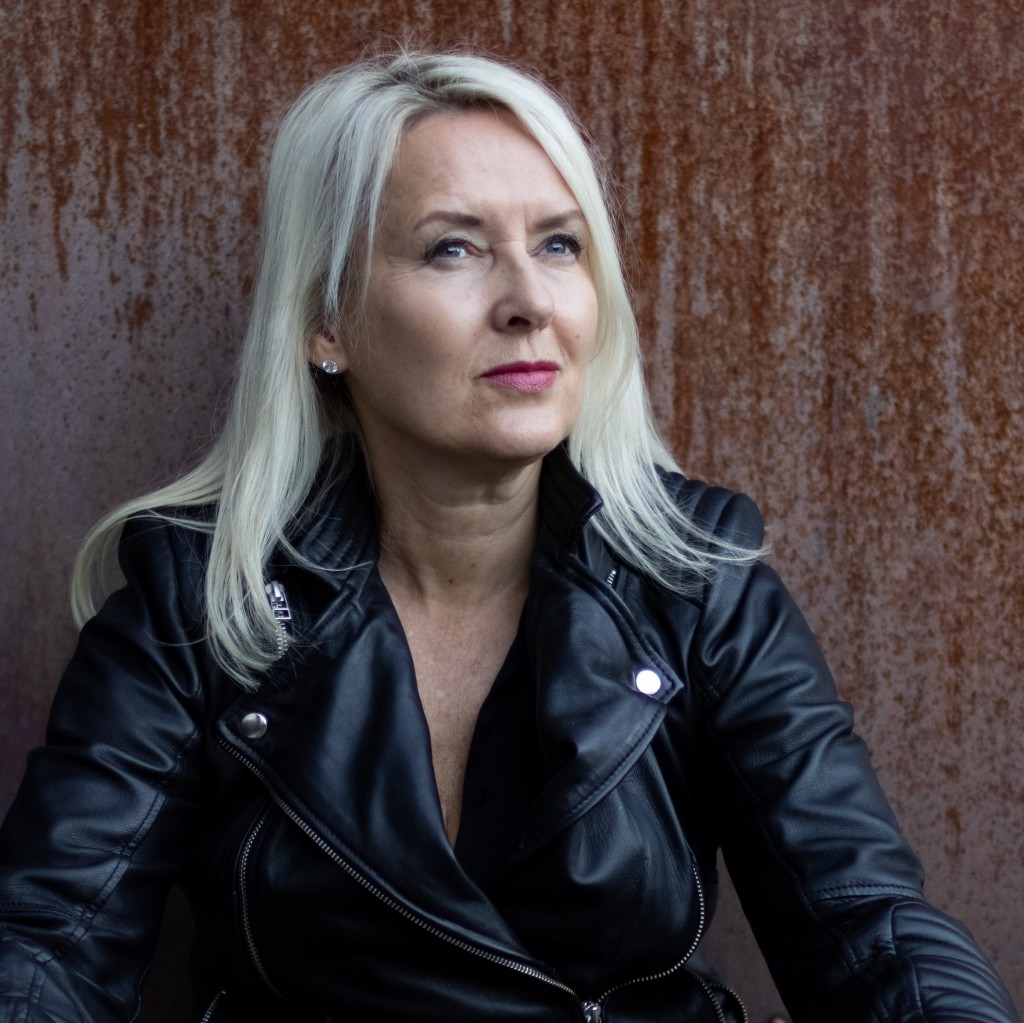An Interview With Fotis Georgiadis
Brands are under increased pressure to be transparent in everything — manufacturing practices, hiring policies, and positions on social and political issues. Your brand needs to be clear about its values internally. Then make sure those values are represented in your policies and procedures, and that they align with your external branding and marketing efforts. An annual audit of your brand’s mission and values is a healthy checkup that your actions are aligned with your stated values. Brands have come under a lot of heat in recent years for not “walking the talk.”
As part of our series about how to create a trusted, believable, and beloved brand, I had the pleasure to interview Tess MacGibbon, director of Thought Leadership and Healthcare at The Lacek Group, based in Minneapolis.
Tess MacGibbon, director of Thought Leadership and Health Care at The Lacek Group.
Tess MacGibbon is an innovative and collaborative leader with 25+ years of experience developing and leading ground-breaking content and thought leadership strategies to positively disrupt markets and drive customer/potential customer engagement in start-ups to Fortune 100 companies. At The Lacek Group (an Ogilvy Experience company), Tess has developed the Thought Leadership and healthcare practices she designed and implemented the go-to-market healthcare strategy and lead multi-agency healthcare initiatives to broaden awareness and accelerate growth planning. Prior to joining The Lacek Group, Tess held several marketing and communication leadership roles at several leading health care organizations such as 3M Health Care, St. Jude Medical, Medscape, Coloplast and the Medical Alley Association.
Thank you so much for doing this with us! Can you tell us a story about what brought you to this specific career path?
Thank you for this opportunity! As I earned my bachelor’s degree, I worked as a temp in various roles and industries. Eventually, I landed at an event marketing/custom exhibit firm. After working there for a short time as a receptionist, I was asked to take on more responsibility in an account coordinator role. I was fascinated by an industry I didn’t even know existed. Soon I had a permanent role with the company, working on two account teams that supported global brands such as Kimberly-Clark and St. Jude Medical, alongside national brands such as LaCrosse Footwear and the 3M spinoff Imation. What I loved about the tradeshow biz was learning the marketing strategies behind bringing a brand to life.
After three years there, I dove headfirst into an event marketing and communications role at Medscape (now the professional portal of WebMD) during the dot-com boom. As the world was eagerly embracing the new digital frontier, it was vital for digital brands to have a physical presence; tradeshows and conferences allowed for that face-to-face experience. I traveled the country, met thousands of physicians, and introduced them to Medscape, a trusted resource for peer-reviewed content, accredited education, and clinical trials data. Our team built the largest online physician audience in the world, a claim I believe is still true today — more than 20 years later. So there I was: hooked on both the power of brand marketing and health care.
Can you share a story about the funniest marketing mistake you made when you were first starting? Can you tell us what lesson you learned from that?
Early in my tenure at Coloplast (a Danish medtech company), I built nine regional advisory boards of U.S. physicians, and 17 of advanced practice nurses. I collaborated with my colleagues in Denmark on content, speakers, and objectives. When my Danish colleagues proposed giving a room full of American physicians scissors, glue sticks, magazines, and poster board to create mood boards about talking with patients, I suggested we omit that segment of the agenda. My extensive interactions with healthcare professionals left me confident that activity wasn’t likely to garner enthusiastic participation. I was new to the company, though, and didn’t press further when my concerns were dismissed. When the activity was introduced, there was a distinct discomfort in the room, and the majority of the participating doctors got busy checking messages, returning phone calls, and using the restroom. It’s fair to say the scissors and glue sticks didn’t return. I learned not to underestimate my instincts, and to remember the value of knowing your audience well. I also learned to advocate for myself and for the businesses for which I worked.
What do you think makes your company stand out? Can you share a story?
The Lacek Group, an Ogilvy Experience company, has been designing and managing data-driven loyalty, experience, and engagement strategies for some of the world’s most respected brands for nearly 30 years. We’ve been recognized by Forrester as a national leader in loyalty, and we practice what we preach. We’ve enjoyed decades-long loyal client relationships, which is almost unheard of in the agency world. That’s because we’re a trusted source of expertise. And it helps that we have a proven track record as an unpretentious, hard-working agency that stands ready, even when the going gets tough. For instance, when the pandemic hit and the world came to a locked-down standstill, we created a Crisis Management blog series to help brands mitigate risk and deepen their customer relationships by creating value, convenience, and community and by exercising compassion. We also created the Lacek Loyalty Lounge, a client-exclusive, interactive webinar series to help our clients connect with industry peers and navigate through that challenging time.
Are you working on any exciting new projects now? How do you think that will help people?
We’re currently working on a series of strategic content that will help inform how healthcare brands can deepen relationships with their patients, customers, and partners. The pandemic uncovered inequities in access to care and accelerated the demand for affordable, personalized, and improved healthcare experiences. Studies reveal that only one-third of healthcare consumers have brand affinity to a health system, and that number is dropping. Creating trusted brand relationships by layering in value and engaging at all touch points in the patient or caregiver journey will not only create stronger bonds with the health system, it will also centralize care, help drive compliance, and create improved patient outcomes. Loyalty program strategies can be extended to healthcare across sectors, including payers, specialty care clinics, pharmaceutical companies, medical technology manufacturers, and even retail. Health is personal; health care isn’t. The Lacek Group is ready to help shift that paradigm to positively impact patient experience and outcomes, as well as organizations’ profitability.
Ok let’s now jump to the core part of our interview. In a nutshell, how would you define the difference between brand marketing (branding) and product marketing (advertising)? Can you explain?
The goal of product marketing is to increase sales and grow market share by positively positioning a product or portfolio of products. Advertising/marketing activities are often focused on features and benefits that differentiate a product from its competitors and persuade a buyer to purchase it. Products are generally marketed to solve a problem or fill a specific need for customers. Advertising, sales pricing, and point-of-purchase promotion drive the majority of purchases of established products.
Brand marketing focuses on influencing key stakeholders — customers, potential customers, shareholders, analysts and partners — to drive awareness and relevance, and to forge and maintain enduring and trusted relationships. A positive brand perception elevates the products and services underneath its umbrella. More than ever before, in this era of mistrust, people are making conscious brand choices. And those decisions and brand relationships are often based on emotional and value-driven considerations.
Can you explain to our readers why it is important to invest resources and energy into building a brand, in addition to the general marketing and advertising efforts?
Branding has always been essential to building emotional and lasting connections with its customers rather than just selling them on the attributes of a particular product or service. Brand love has a cumulative halo effect. When a customer feels connected to the brand, one purchase in its portfolio of products is likely to extend to more as the brand’s reputation continues to live up to its promises. Think of the enduring relationship Apple has with its long-time devotees that in many cases, started a generation ago with the iPod or G3, and extended to the iPhone, Apple Watch, and Apple TV. They’ve consistently delivered on the promises of customer-centricity, quality, and innovation.
Brand marketing will play an even bigger role in customer loyalty going forward as Gen Z becomes the dominant purchasing block. As a group, they’re the most socially and politically engaged, and the most committed to shopping with brands whose values align with their own. We know from our recent brand loyalty research that customers are increasingly looking at those emotional drivers when considering and developing loyalty to brands. Shared values, personalization, and exceptional customer service are perennially important — and even more so to Gen Zers, who are more interested in the experience of interacting with a brand across all channels than previous generations. Take Nike, for example. It’s one of the first companies to truly invest in branding rather than advertising and the brand is beloved for it.
Can you share 5 strategies that a company should be doing to build a trusted and believable brand? Please tell us a story or example for each.
Despite rapidly evolving consumer expectations, businesses today are well positioned to initiate, build, and retain trusted relationships with their customers and other key stakeholders. Here are five ways to do that.
1. Build trust through customer service
Effective, transparent, and personalized customer service is the foundation on which brand trust is built. Customers want to feel known, recognized, and valued. Every interaction — digital or in-person — presents an opportunity to earn or lose a customer’s trust. In fact, a 2019 Forbes study of 2,000 American consumers found that “70 percent of respondents said they would abandon their purchase if they had a bad customer service experience.” In The Lacek Group’s recent global research, 52% of respondents note exceptional customer service as a driver for brand loyalty.
Recently, I was shopping at a local Hy-Vee grocery store and the lines were so long, I took a $300 cart of groceries through the self-checkout aisle. The store manager came over, helped me bag my groceries, and told me Hy-Vee would pick up the tab on the rest of the groceries in my cart.
2. Own your mistakes
How a brand manages missteps really matters. It’s disappointing to consumers when a brand they love and support falls short of expectations. Whether it’s a product that doesn’t live up to the hype, an employee or customer discrimination situation, or an offensive marketing campaign — brands must take responsibility and apologize for the mistake. That means taking appropriate steps to address the issue and sincerely making amends with your customers. If you’ve previously established trust, and are proactive and transparent in handling the situation, customers are more likely to forgive a misstep.
Burger King’s UK division made a marketing misstep on International Women’s Day last year tweeting “Women Belong in the Kitchen.” The intention was to support females in the culinary field, however, that intention didn’t align with the recycling of an old sexist trope. The brand followed up, apologized and took responsibility for its error in judgement.
3. Be real and empathize
In times of crisis — or even in the event of an individual problem — brands can extend a helping hand in a personal way. Many brands offered courtesies to their loyal customers during the pandemic — e.g., extending payment terms or maintaining loyalty status even when purchasing minimums weren’t met. But showing empathy shouldn’t be limited to times of major crisis. If something goes wrong in production or in the supply chain, for example, reach out to customers with updates and adjusted shipping information, don’t just leave them waiting and wondering. Couple proactive customer service with a benefit — such as a discount or additional points — to nurture goodwill and encourage customers to stick with your brand, despite an occasional unintentional hiccup.
When traveling home on a Delta flight after learning about the death of my best friend, the flight attendants found a spot for me in first class where I could grieve more privately, and they provided an endless supply of tissues.
4. Be authentic and transparent
Brands are under increased pressure to be transparent in everything — manufacturing practices, hiring policies, and positions on social and political issues. Your brand needs to be clear about its values internally. Then make sure those values are represented in your policies and procedures, and that they align with your external branding and marketing efforts. An annual audit of your brand’s mission and values is a healthy checkup that your actions are aligned with your stated values. Brands have come under a lot of heat in recent years for not “walking the talk.”
In the wake of Supreme Court decision to overturn Roe v. Wade, several big brands announced publicly that they will support their employees by covering travel costs and expanding their health care benefits to afford employees time and expense coverage if access to reproductive care is not available in their home states. Those brands are publicly putting their values into action.
5. Treat others’ data as you want yours treated
Let’s call it a kind of data Golden Rule. Companies promise their customers protection and safety when they provide personally identifiable information, credit card information, preferences, and reviews. And members expect rewards and experiences that are correspondingly personalized and relevant.
Ongoing communication to customers about security and privacy protocols, upgrades, and regulations reinforces to consumers that your brand values their privacy and handles their data with care. In the event of a security breach, it is imperative to communicate quickly, clearly, and honestly. Outline the steps you are taking to remedy the situation and prevent future issues. If your response to a data breach is expedient, honest, and empathetic, customers will likely continue to put their trust in your organization.
I recently received a notification from our healthcare system that their data security had failed and that my daughter’s data may have been a part of the breach. They outlined the steps they were taking and contact info to discuss the matter further. While the notice was alarming, I appreciated the straightforward communication of the problem and resources for further support.
In your opinion, what is an example of a company that has done a fantastic job building a believable and beloved brand. What specifically impresses you? What can one do to replicate that?
I’ve always admired St. Jude Children’s Research Hospital as a brand. I’ve been a donor for most of my adult life because the work of the organization is so powerful. As a nonprofit, funds to build a brand are frequently limited compared to a for-profit company. Year-over-year, St. Jude has enjoyed high public trust and high brand awareness across generations and regions. Reasons for that success include consistently living up to their brand promise, establishing and maintaining an emotional connection with the public at large as well as their donors, and a commitment to children and their families that has never waned. In fact, when the war in Ukraine began, and pediatric cancer patients were displaced because of inhumane civilian-targeted bombing, St. Jude quickly worked with global partners to coordinate their evacuations.
Brands can replicate St. Jude’s success by staying true to their mission and stated values. Continued commitment to delivering on your brand’s promise, whatever that may be, encourages and sustains connections with your stakeholders. Because consumers are increasingly watching what brands do in the social justice and political landscape, take actions that align with your brand, and resist the urge to publicly comment on matters that aren’t relevant to your brand, values, and organizational purpose.
In advertising, one generally measures success by the number of sales. How does one measure the success of a brand building campaign? Is it similar, is it different?
Even in a branding campaign, sales can be a metric of success, but it’s rarely the only one. The success of a campaign with the goal of building brand awareness or loyalty may be measured on a variety of other metrics, including increased engagement and followership online and within social media, audience reach and messaging of earned media, new unique visitors online, increased loyalty program membership among others. Brands can measure success in any number of ways, but the key is to establish clear criteria and goals before the campaign. Agreeing on what success looks like for that particular campaign will help determine strategy and guide messaging and tactics.
Another, but significantly more costly, initiative is a before-and-after brand study. These studies typically require a research partner, funding, and time. These studies reveal how a company is perceived by their target audience and measures how that audience feels about their stated brand attributes. A comparative study like this would best suit a long-term campaign to measure its impact.
What role does social media play in your branding efforts?
Social media is an integral part of our branding. It has been exciting to see how it has evolved and shifted over the years. We spoke of the importance of authenticity earlier. Social media is perhaps the most important example of that. When well executed, user-generated content is now considered more authentic and trustworthy than content delivered directly from brands, and instead of being perceived as an interruption of content, it is the content. Brands that forge connections with the right influencers and partners to develop authentic content see impressive results. On the other hand, social media campaigns that don’t strike the right tone, are overtly “salesy,” or rely on an influencer who doesn’t align with the brand or its values can have a negative impact.
We utilize our social channels to share compelling and forward-looking content with our audiences, which helps our brand build credibility in our areas of expertise, but also genuinely can be quite helpful for brands, customers or not. We also take advantage of our social channels to show off our culture and our values, backed by policy, charitable partnerships, and internal agency work.
You are a person of great influence. If you could inspire a movement that would bring the most amount of good to the most amount of people, what would that be? You never know what your idea can trigger. 🙂
I would love to inspire an “80% movement” that would bring the recently termed “exhausted majority” back together. The movement would aspire to reduce divisive rhetoric; create collaborative, safe, and bipartisan spaces where we can improve the national sentiment; and forge tighter bonds across aisles, ponds, country roads — all the places we can work together toward an equitable and peaceful America.
Can you please give us your favorite “Life Lesson Quote”? Can you share how that was relevant to you in your life?
Winston Churchill once said, “If you’re going through hell, keep going.” Like most professionals, and human beings, I’ve had my share of challenges and defeats. When times are tough, this quote reminds me to persist, to never allow myself to get stuck, to strive for what’s waiting on the other side of the challenge.
We are blessed that very prominent leaders in business and entertainment read this column. Is there a person in the world with whom you would like to have a lunch or breakfast with? He or she might just see this, especially if we tag them. 🙂
I’d like to have breakfast with President Biden. I’d like to give him a pep talk to start his day and encourage him to keep going. With an unprecedented collision of crises, I believe the good work he’s done will eventually rise to the collective consciousness.
How can our readers follow you on social media?
Readers can find me on LinkedIn and follow @TheLacek Group.
Thank you so much for joining us. This was very inspirational.
Tess MacGibbon Of The Lacek Group: Five Things You Need To Build A Trusted And Beloved Brand was originally published in Authority Magazine on Medium, where people are continuing the conversation by highlighting and responding to this story.

